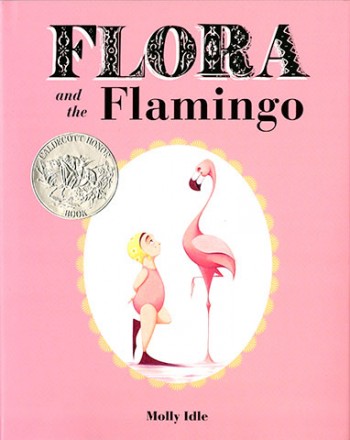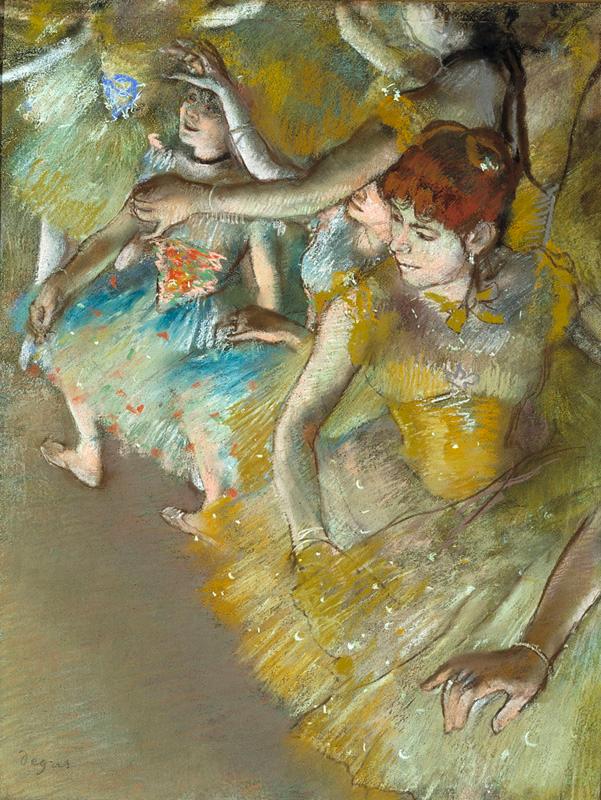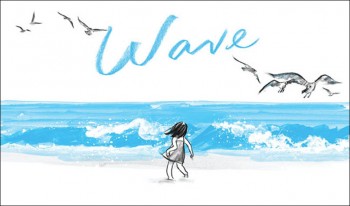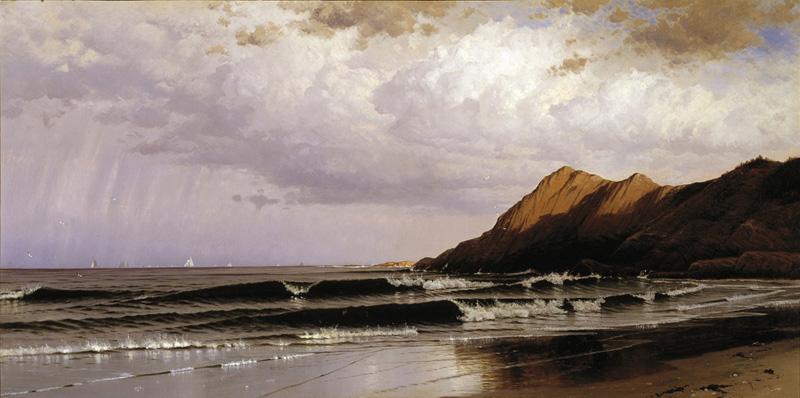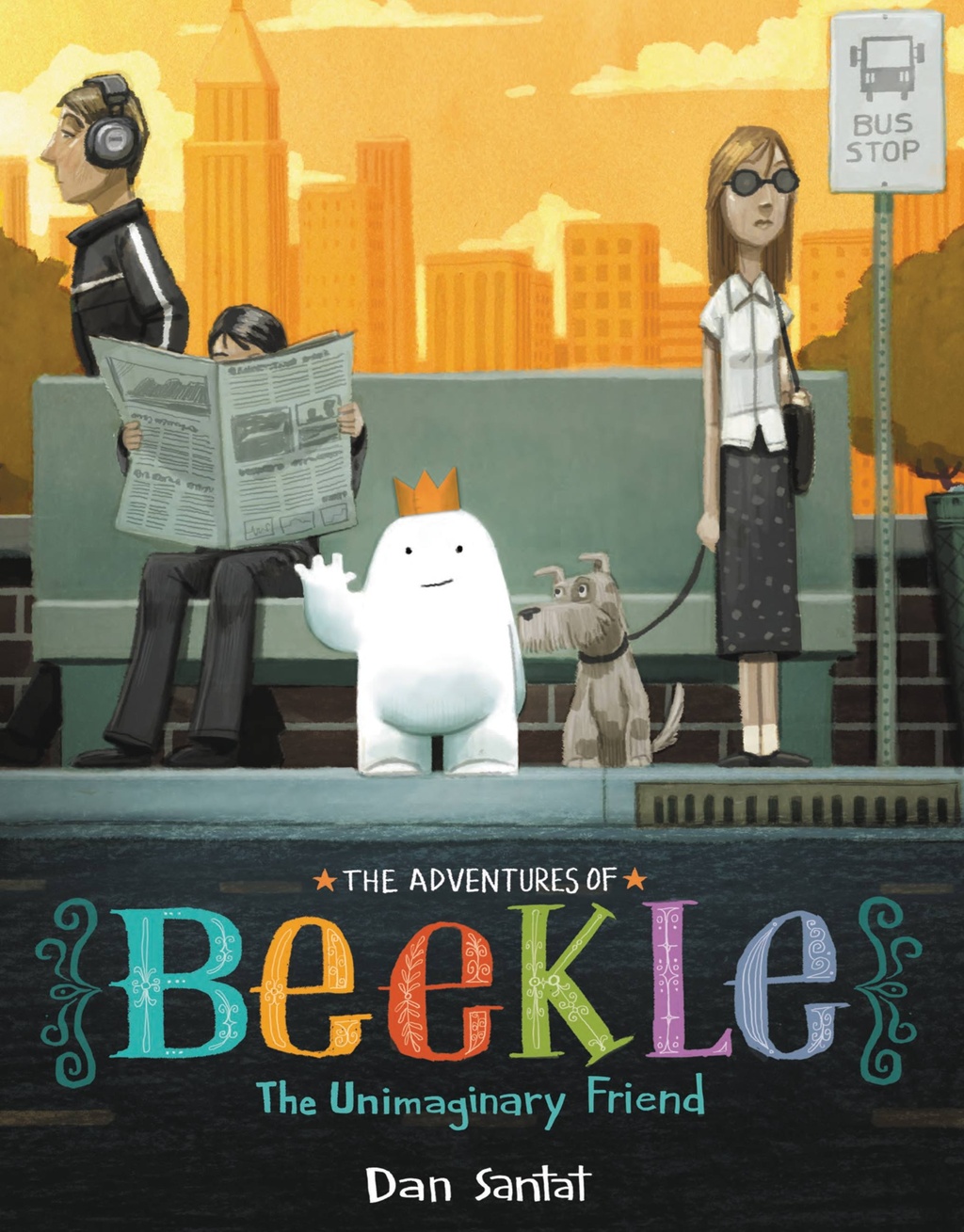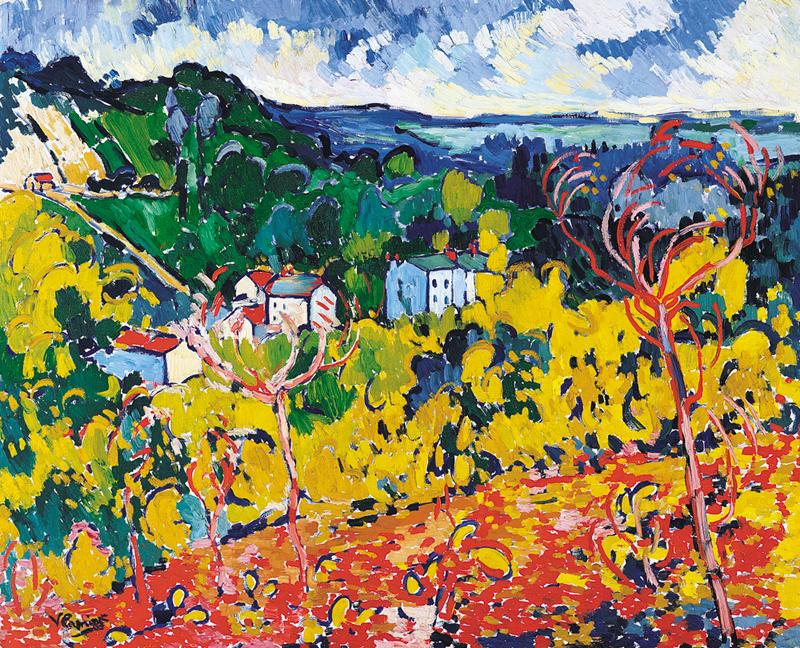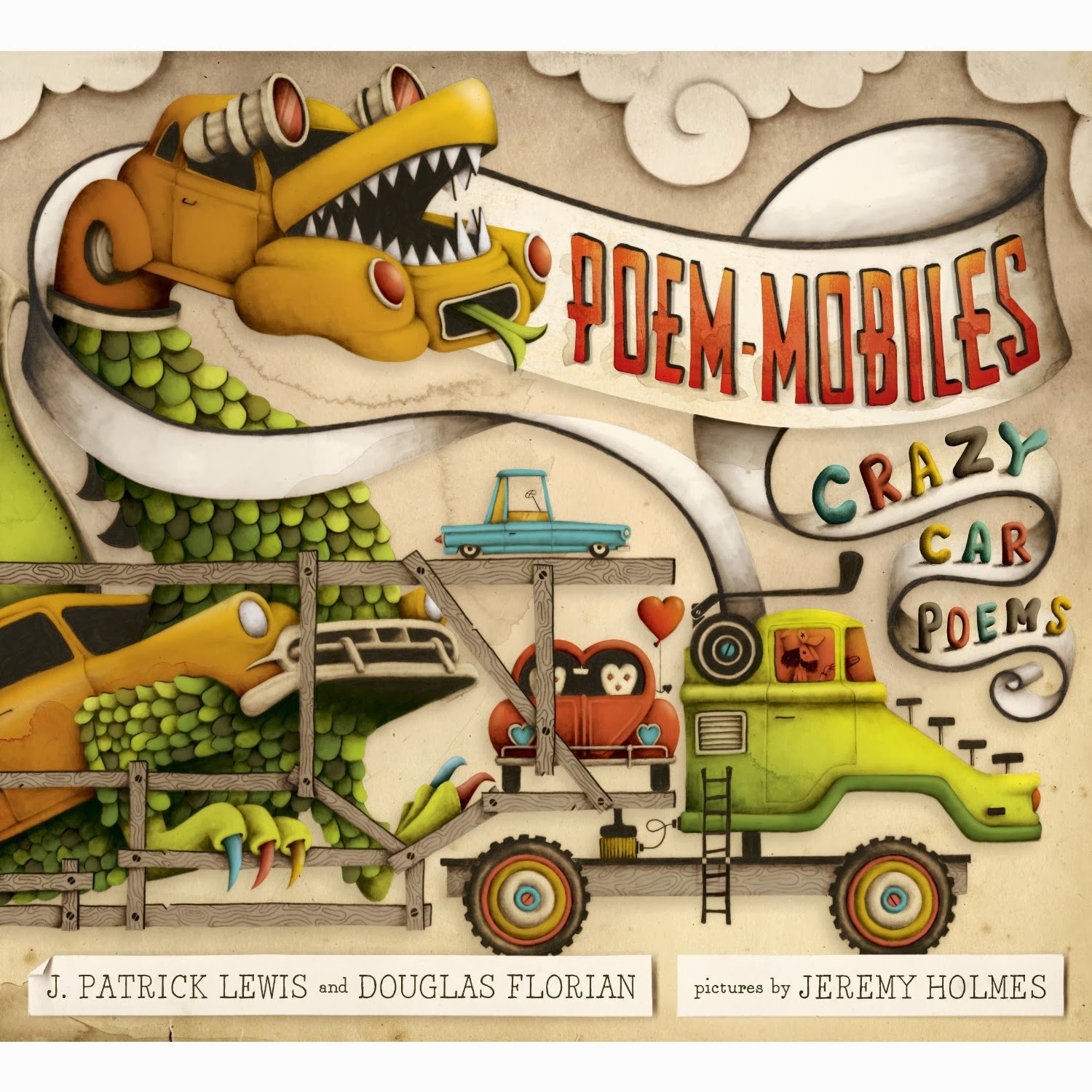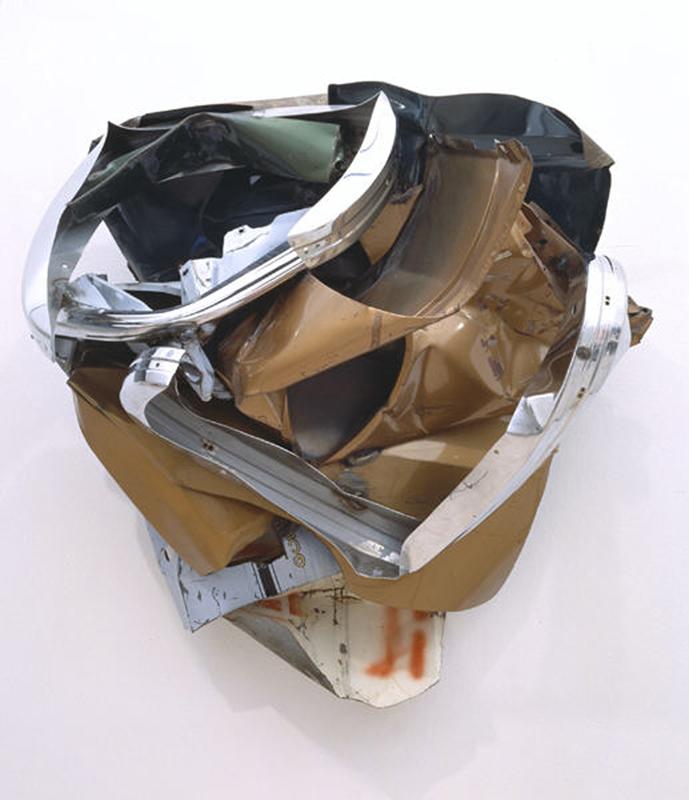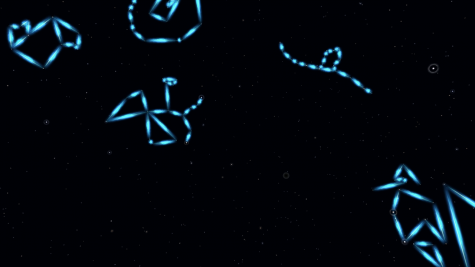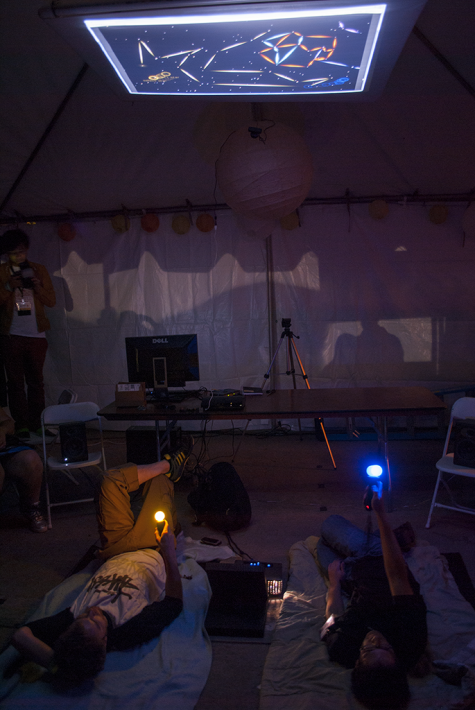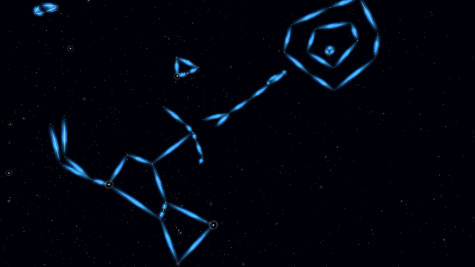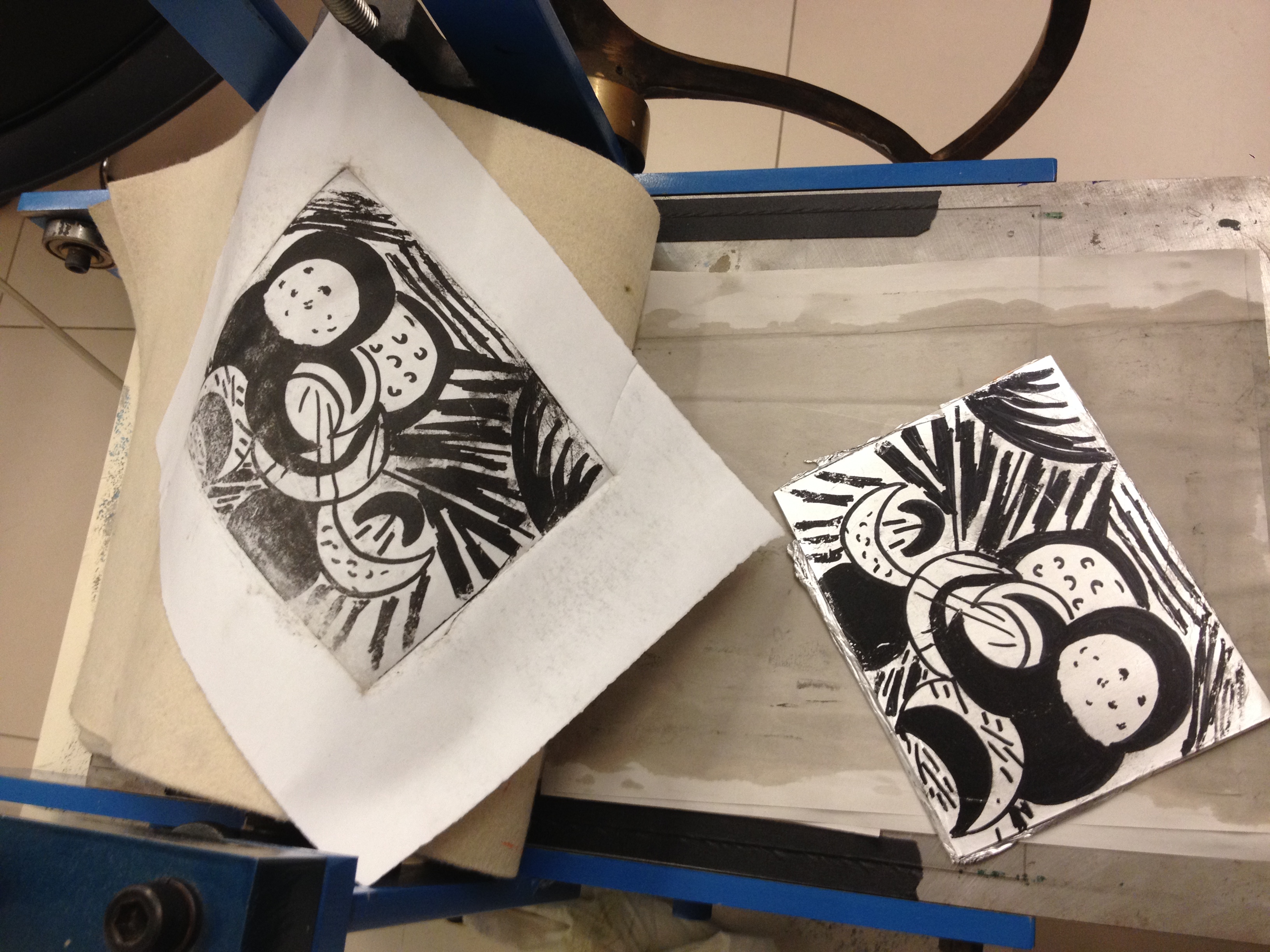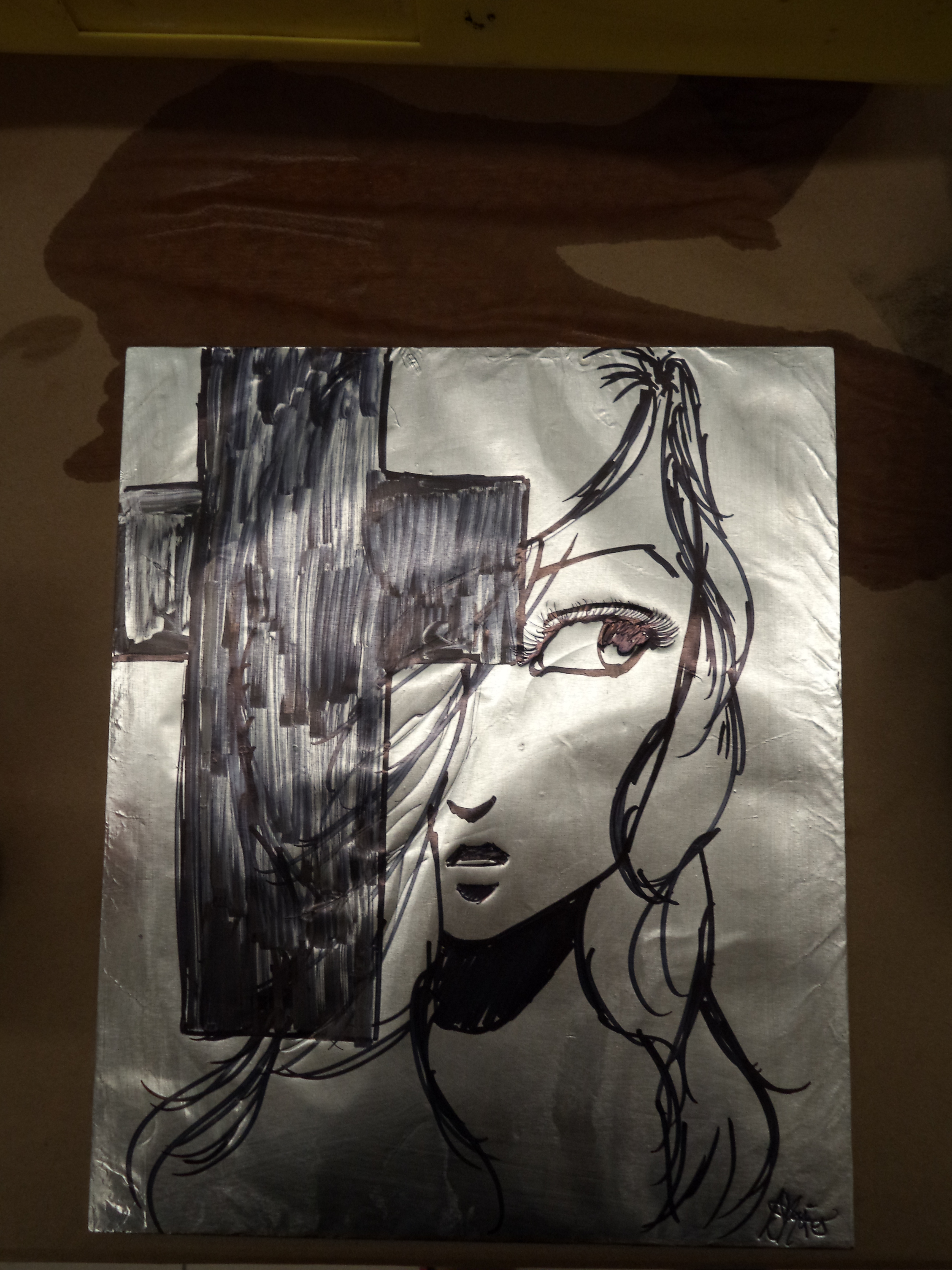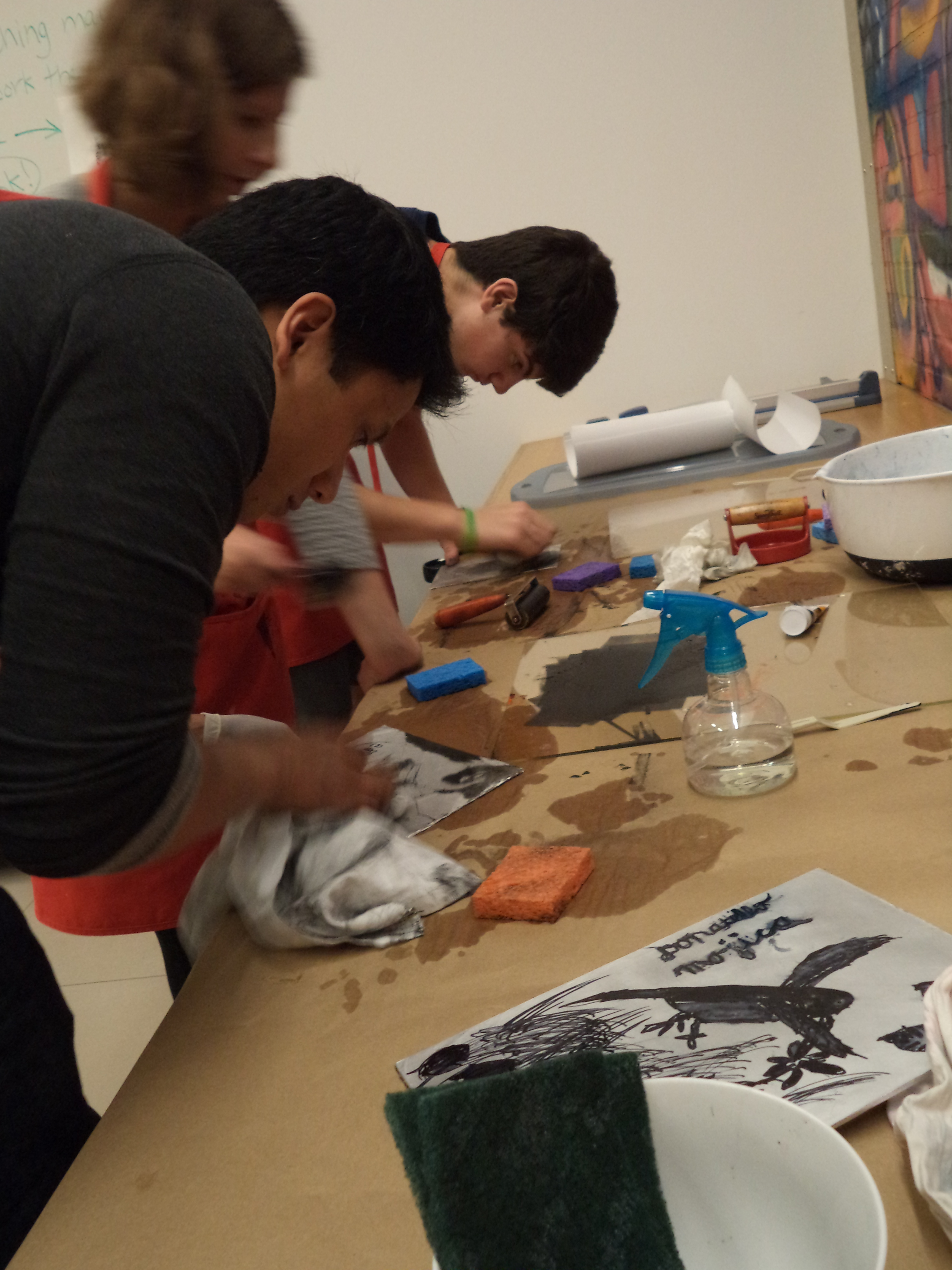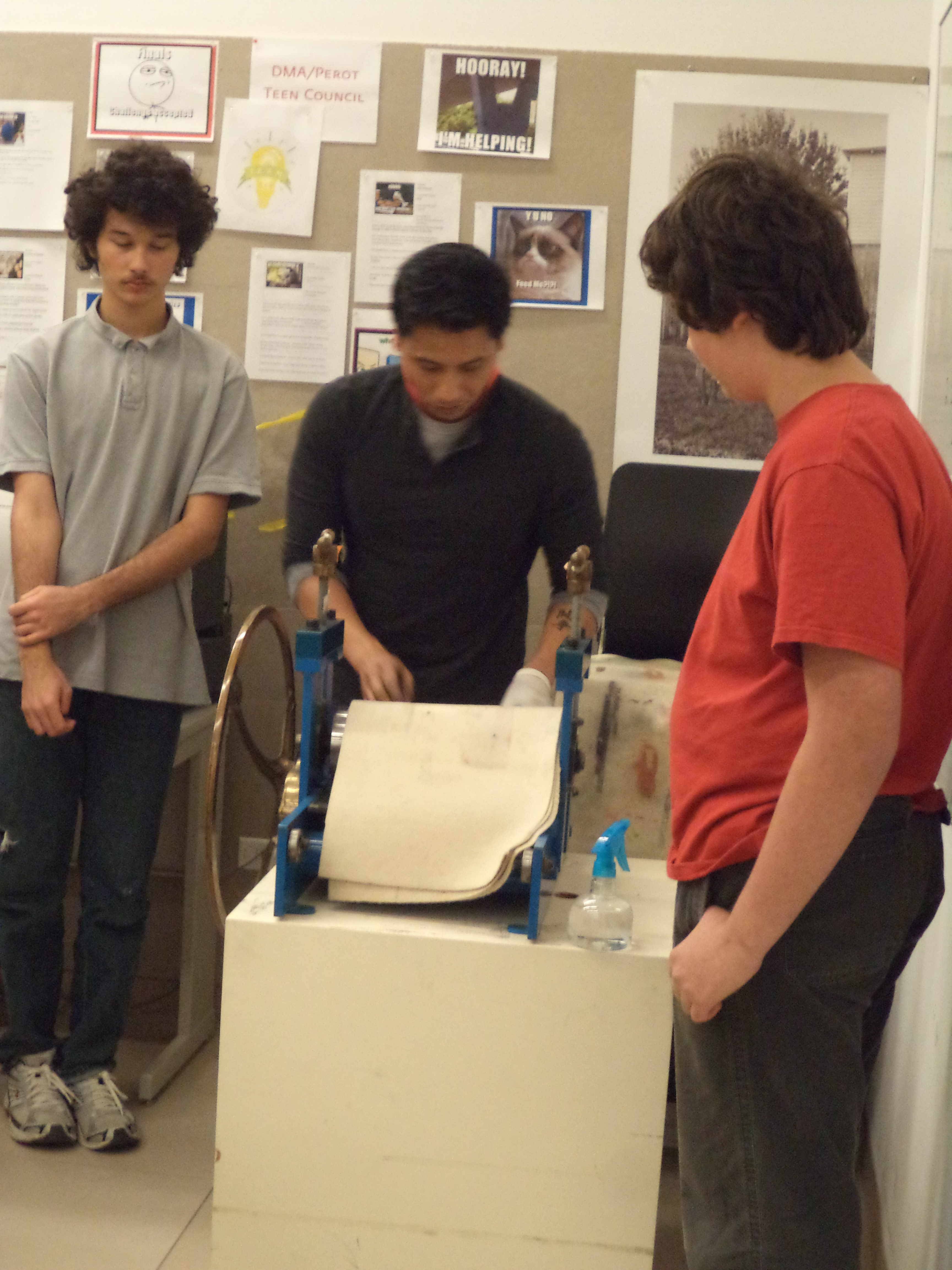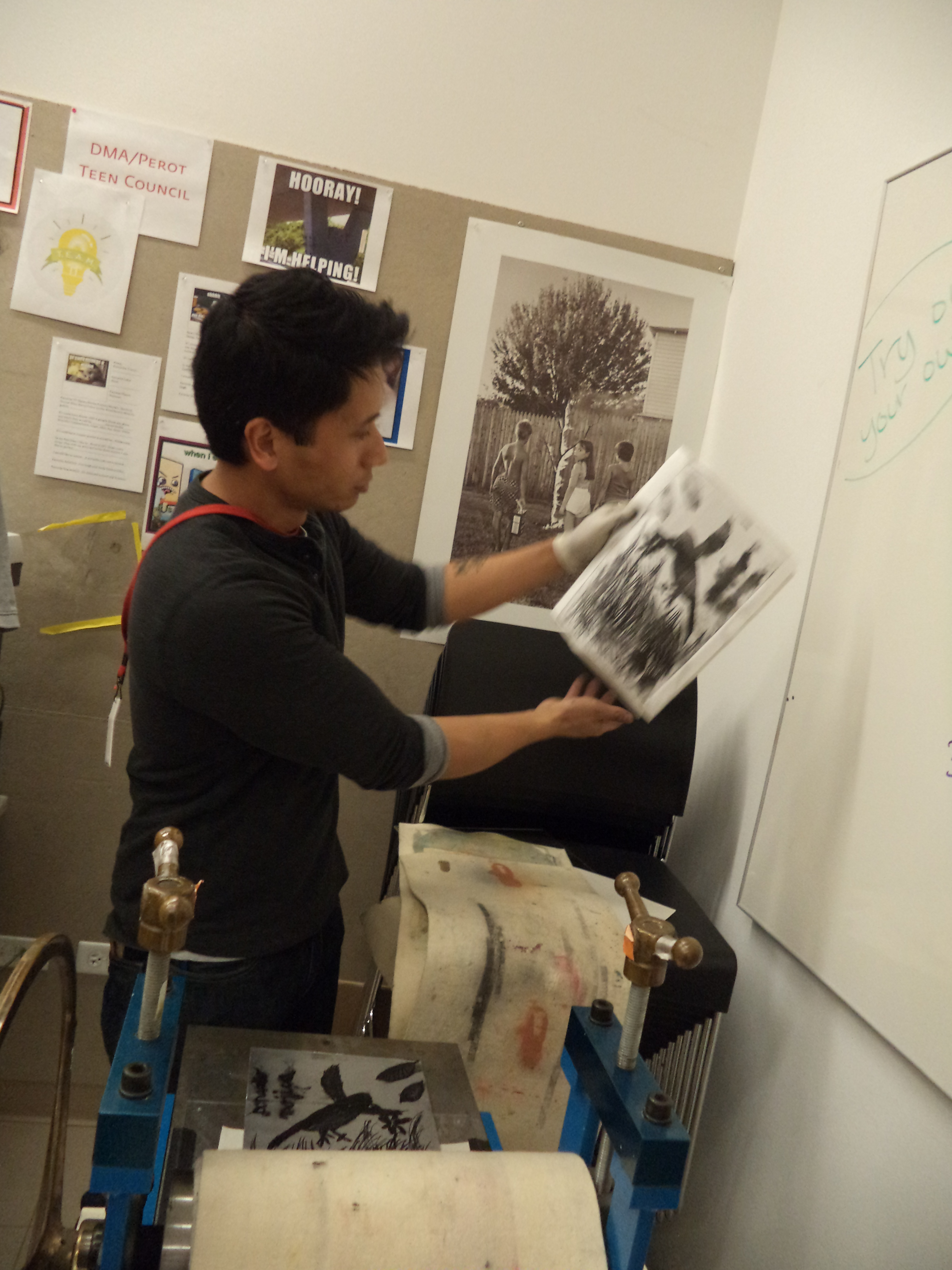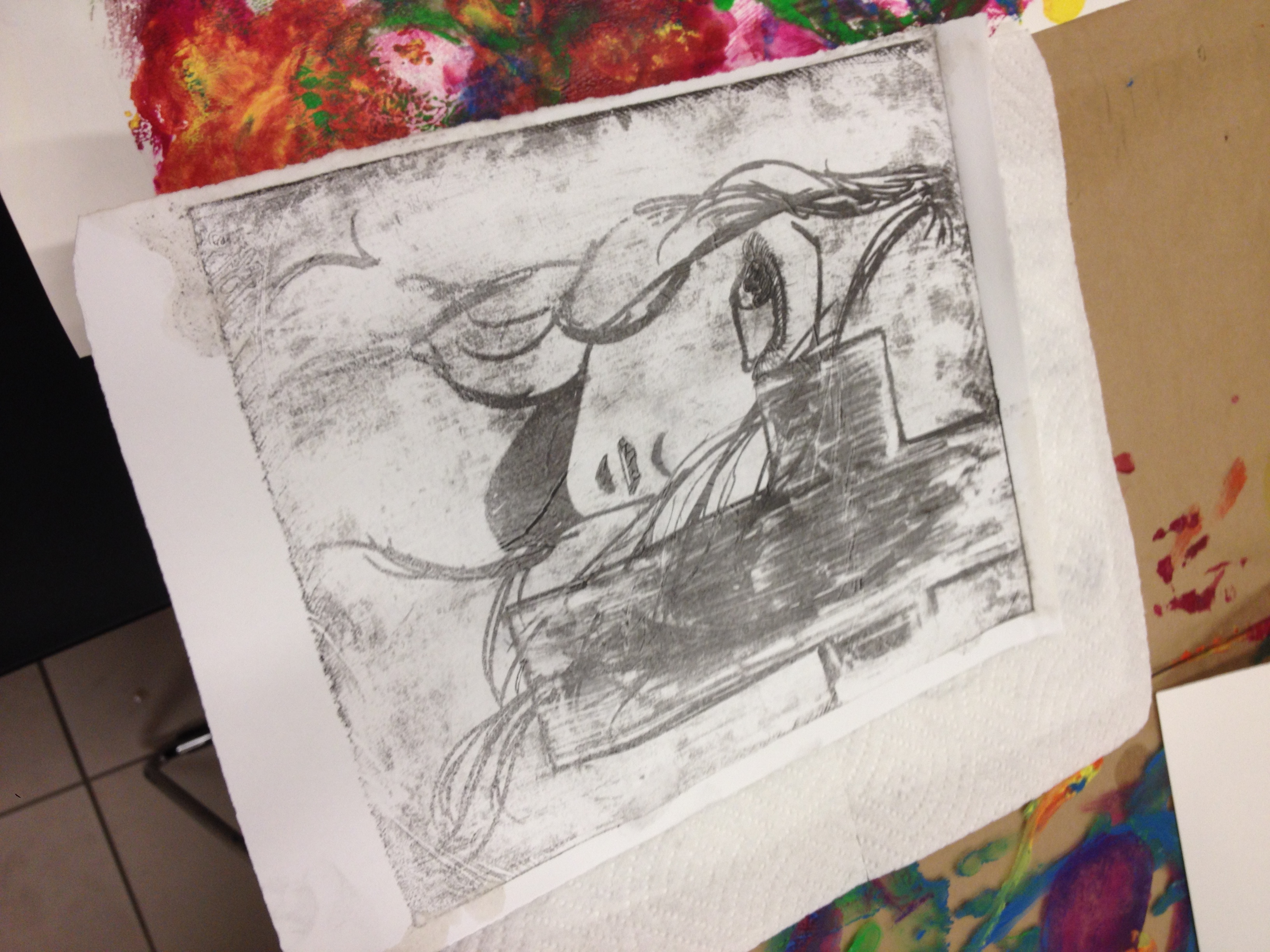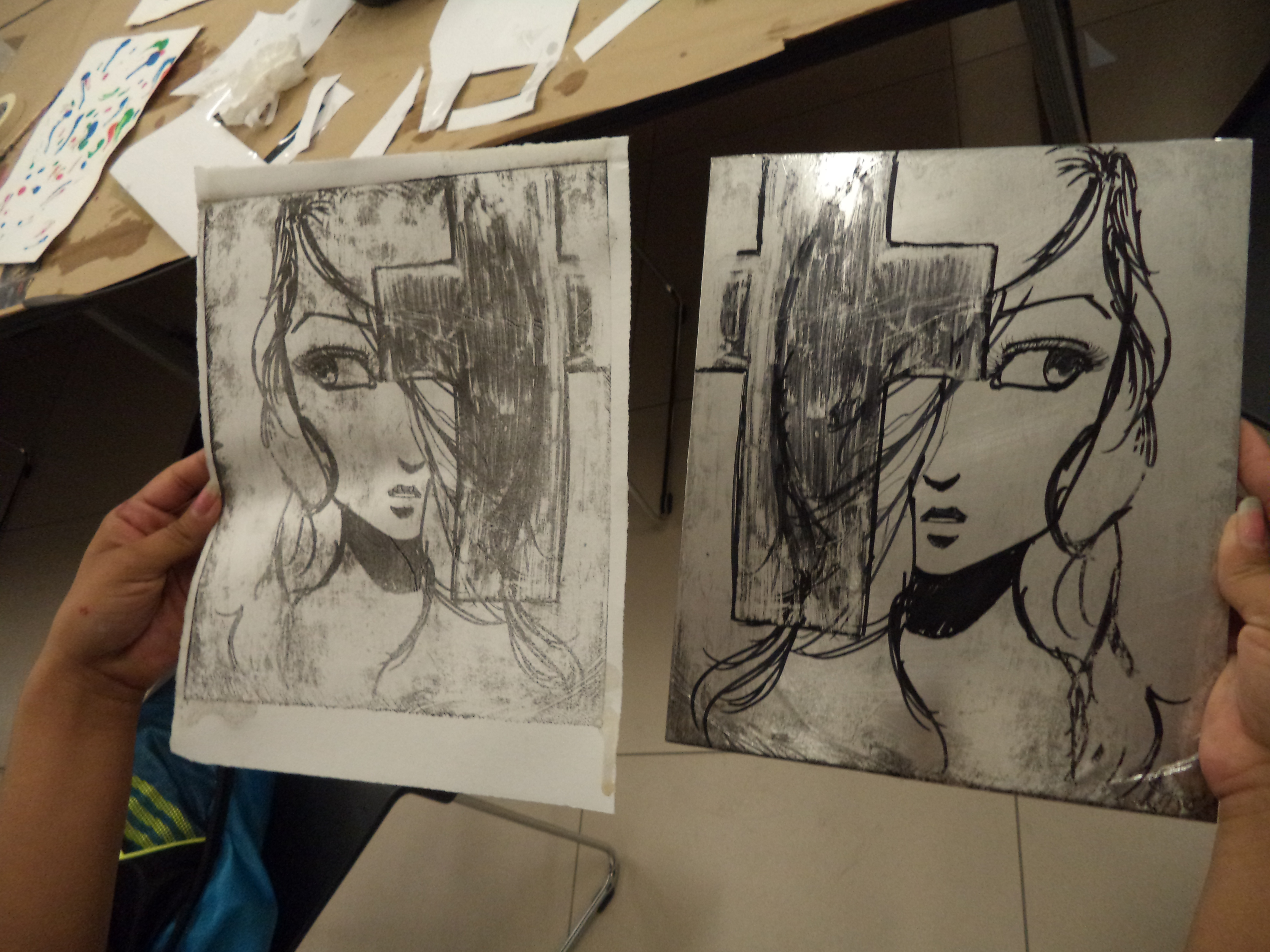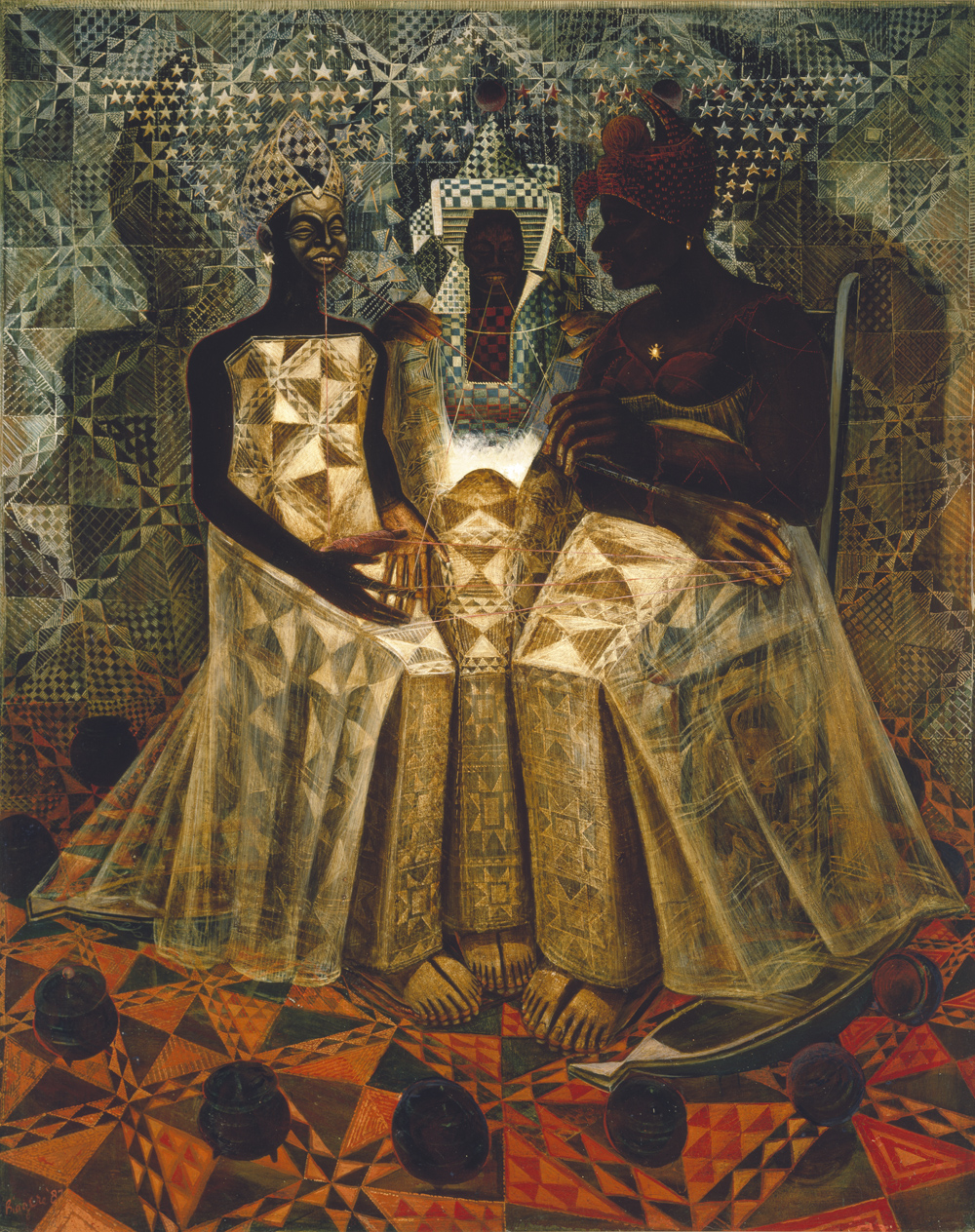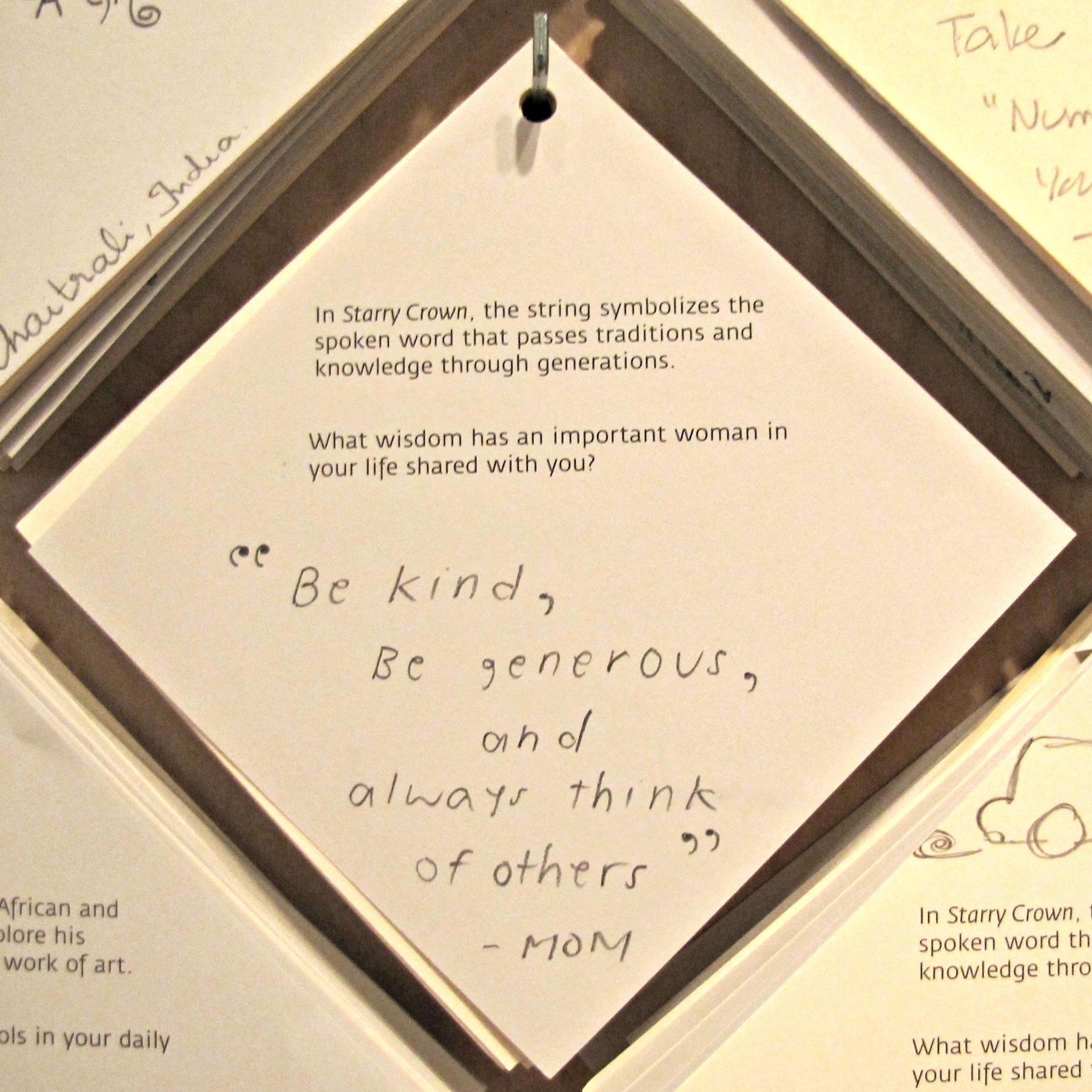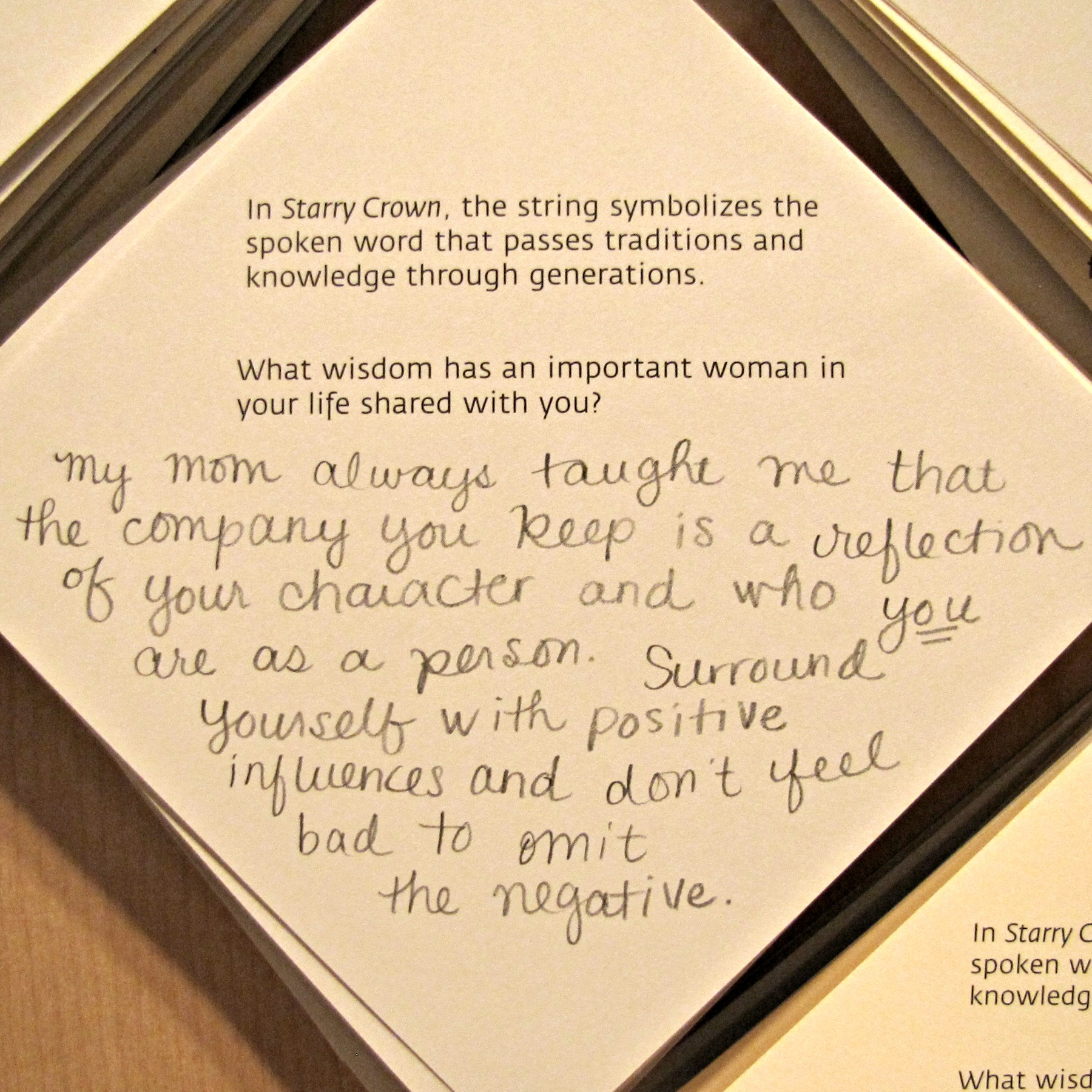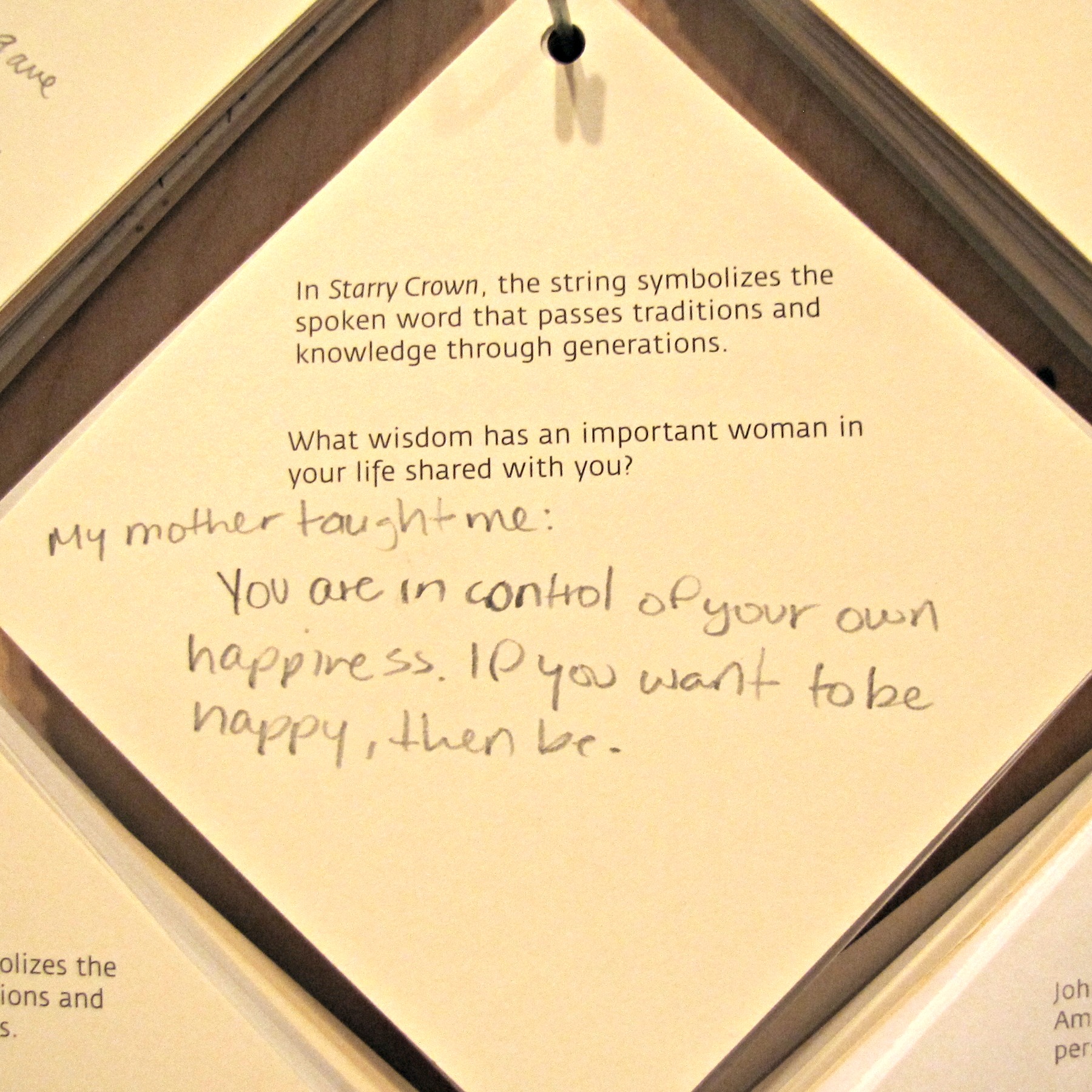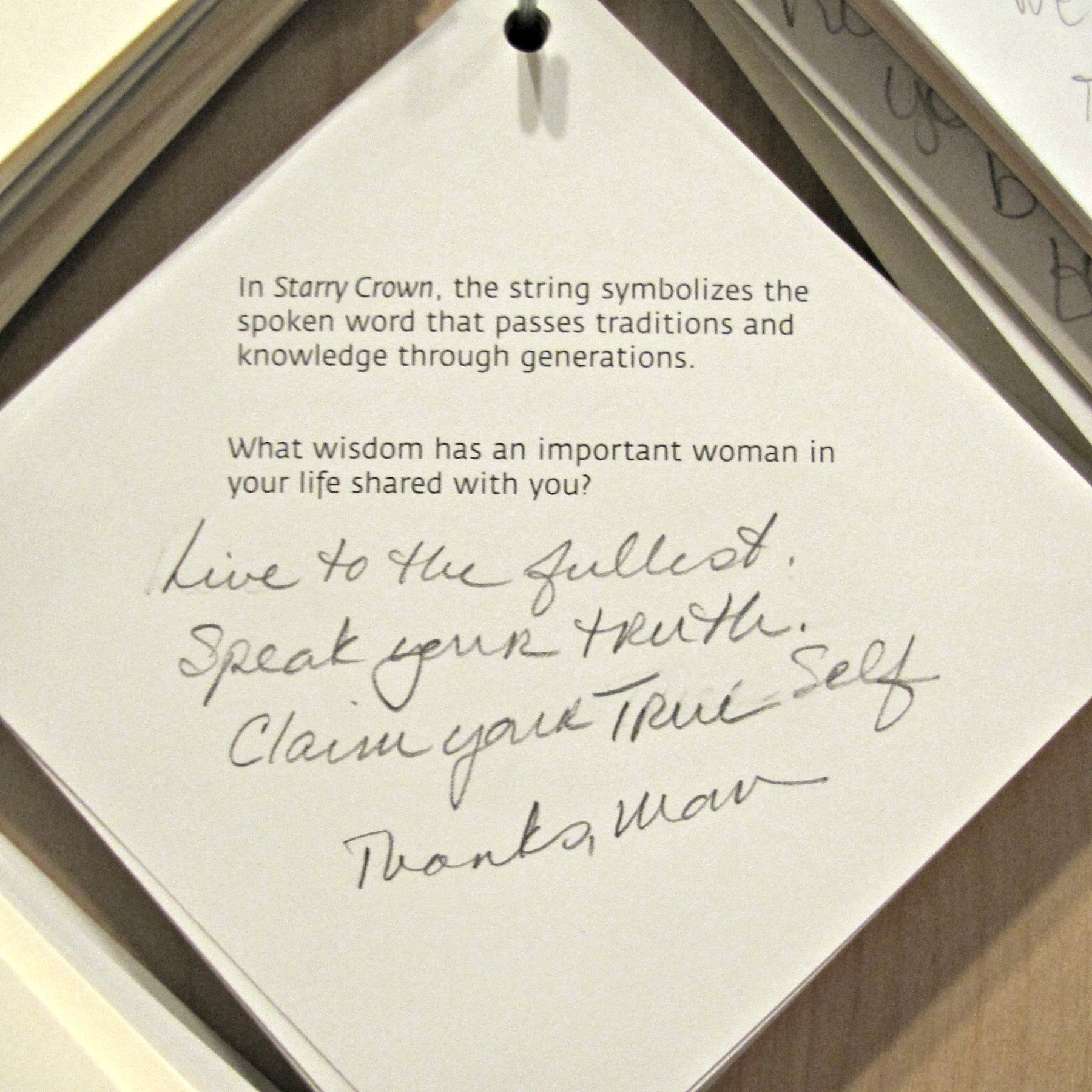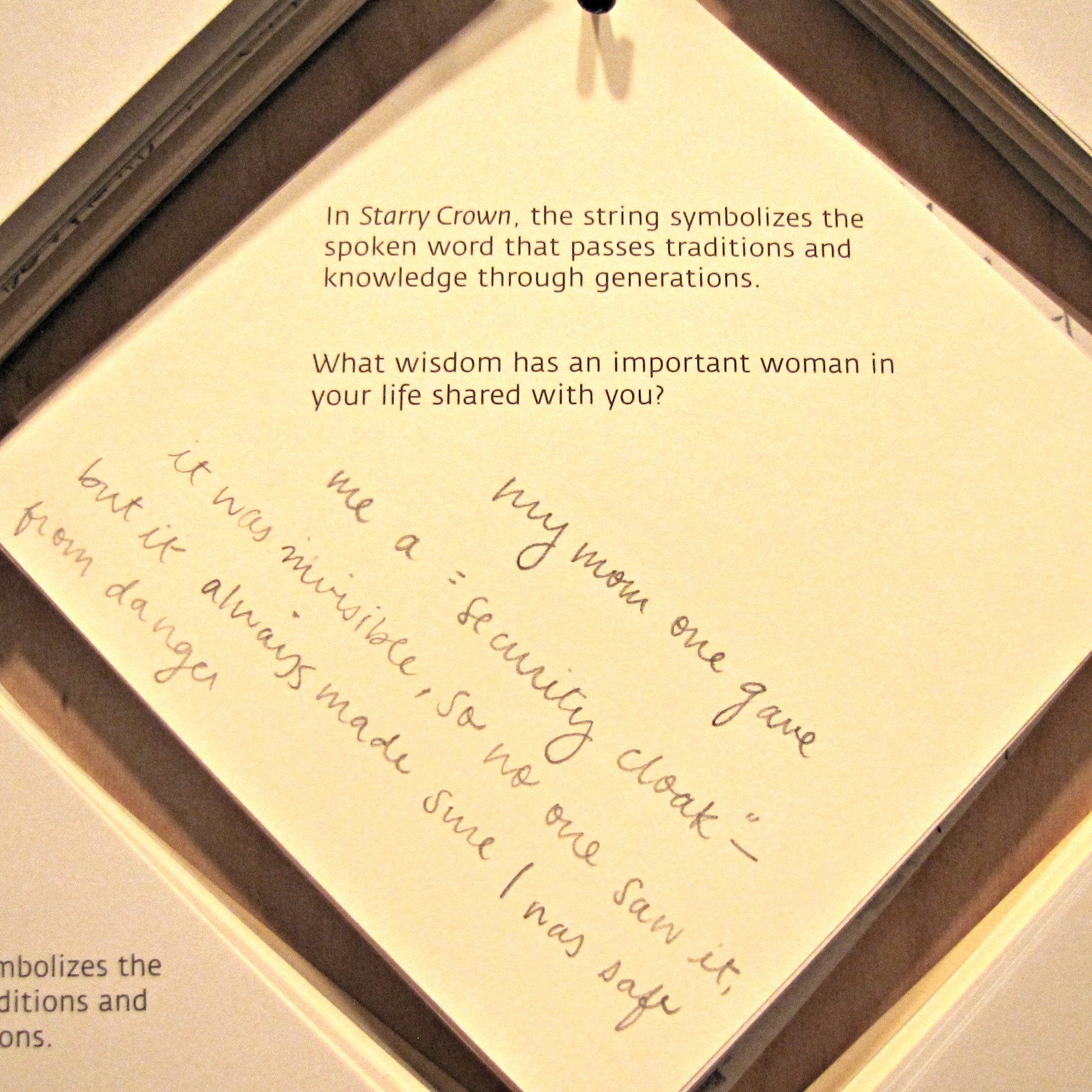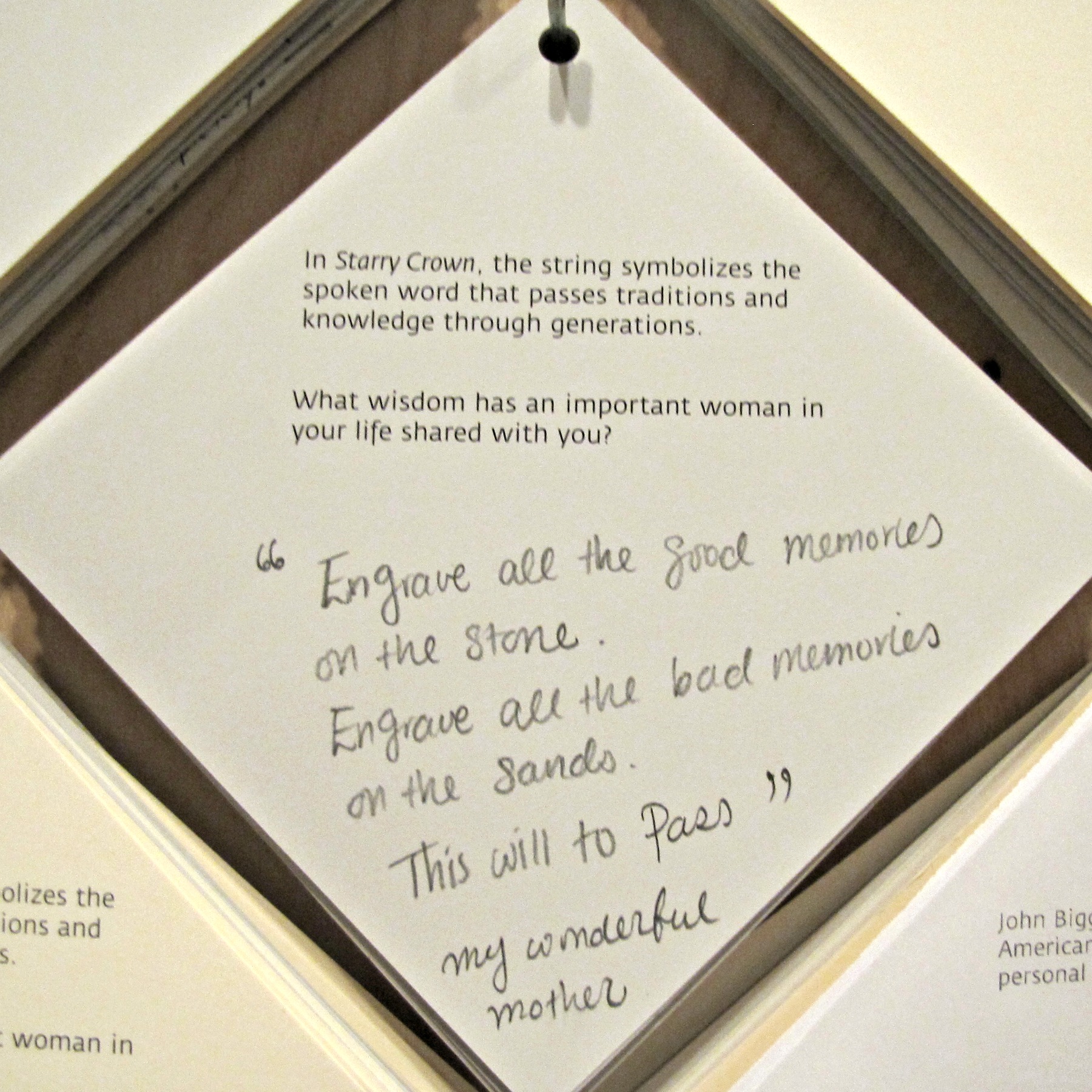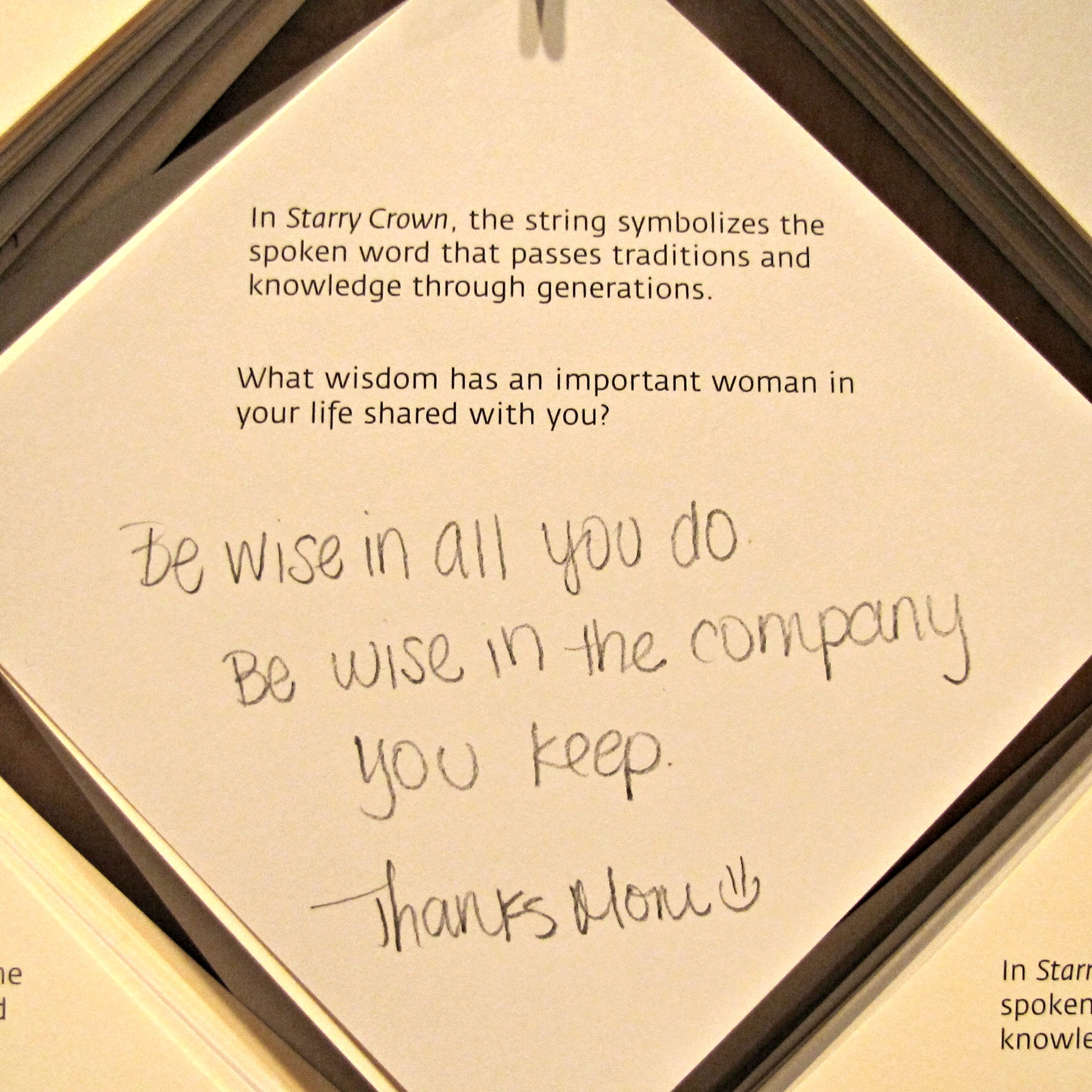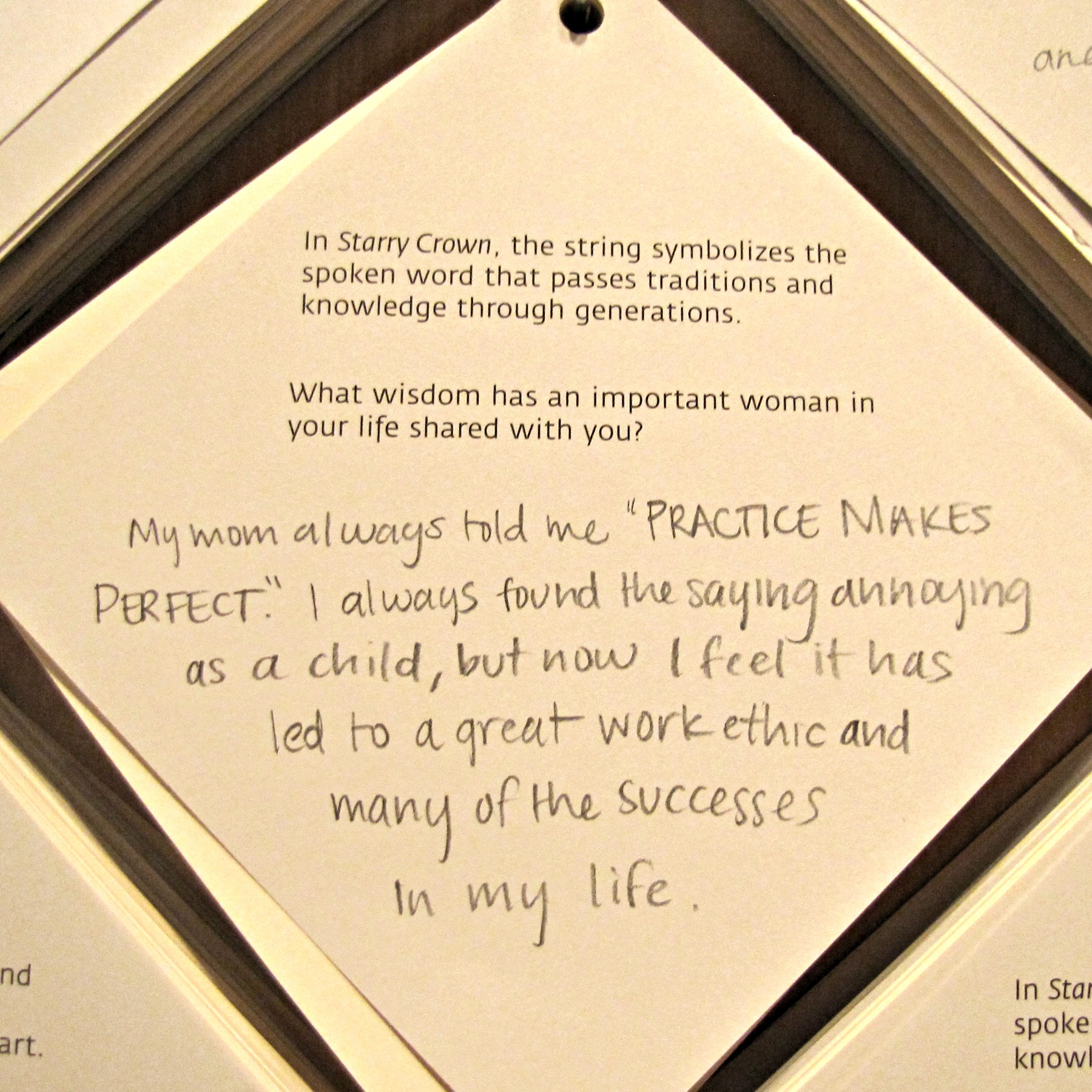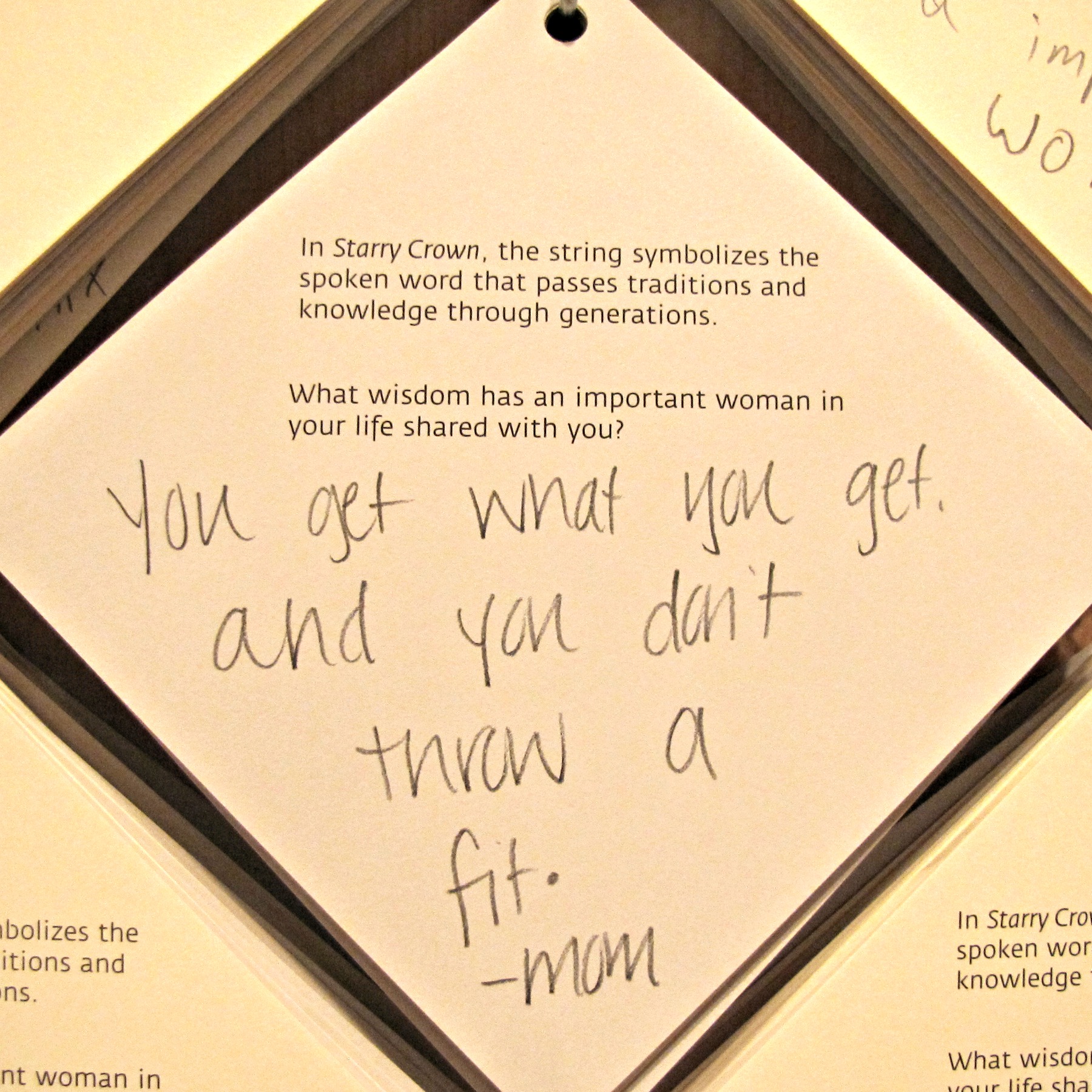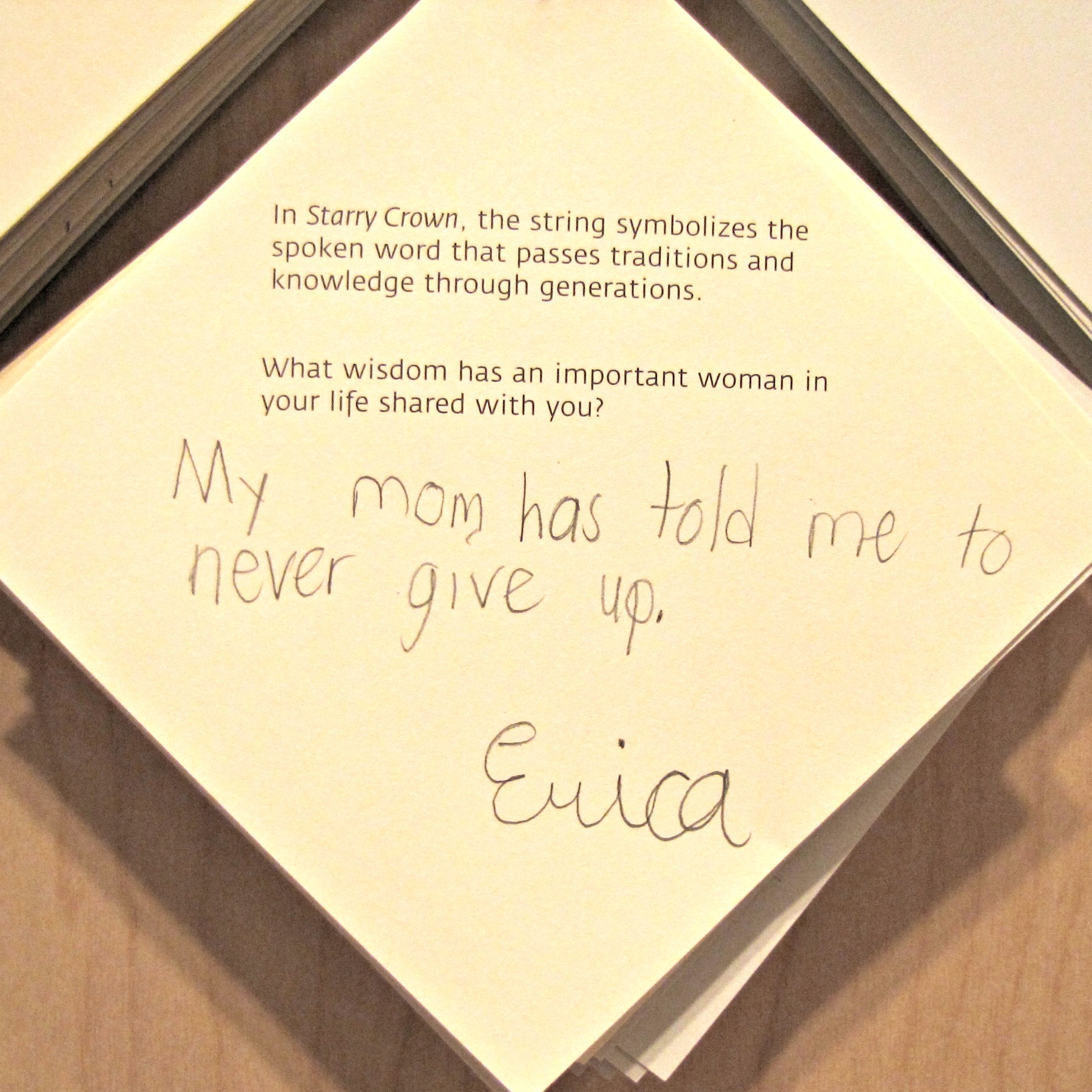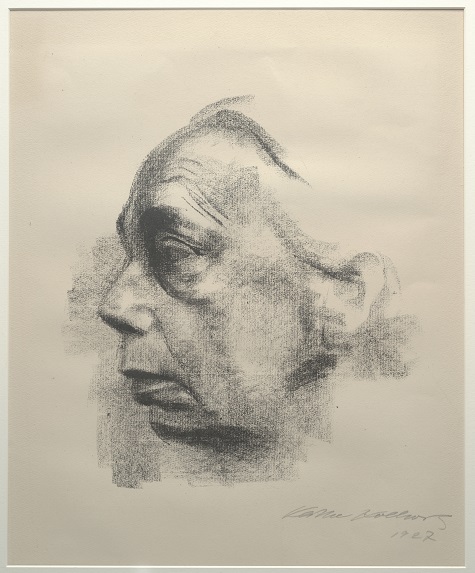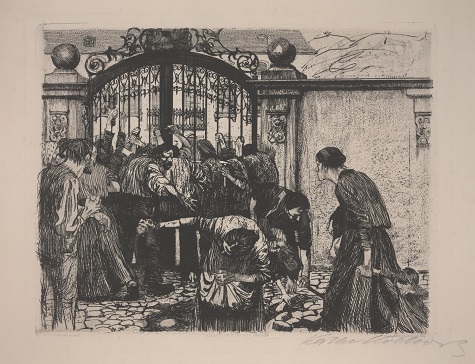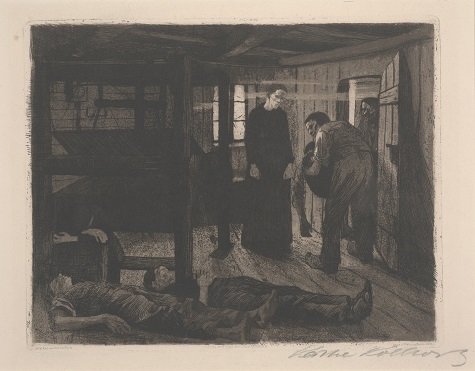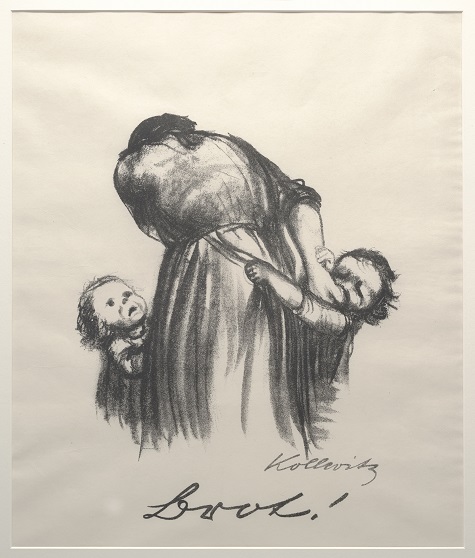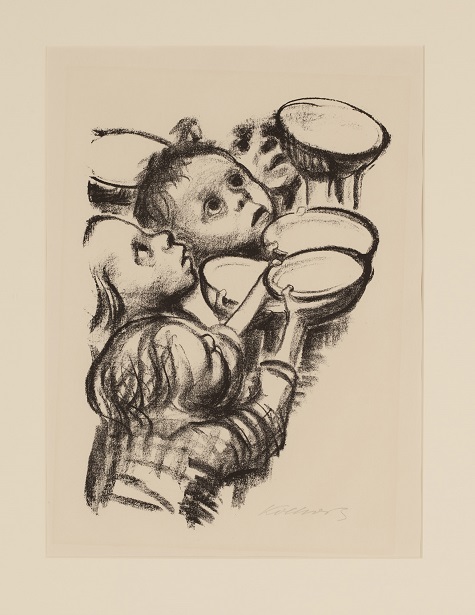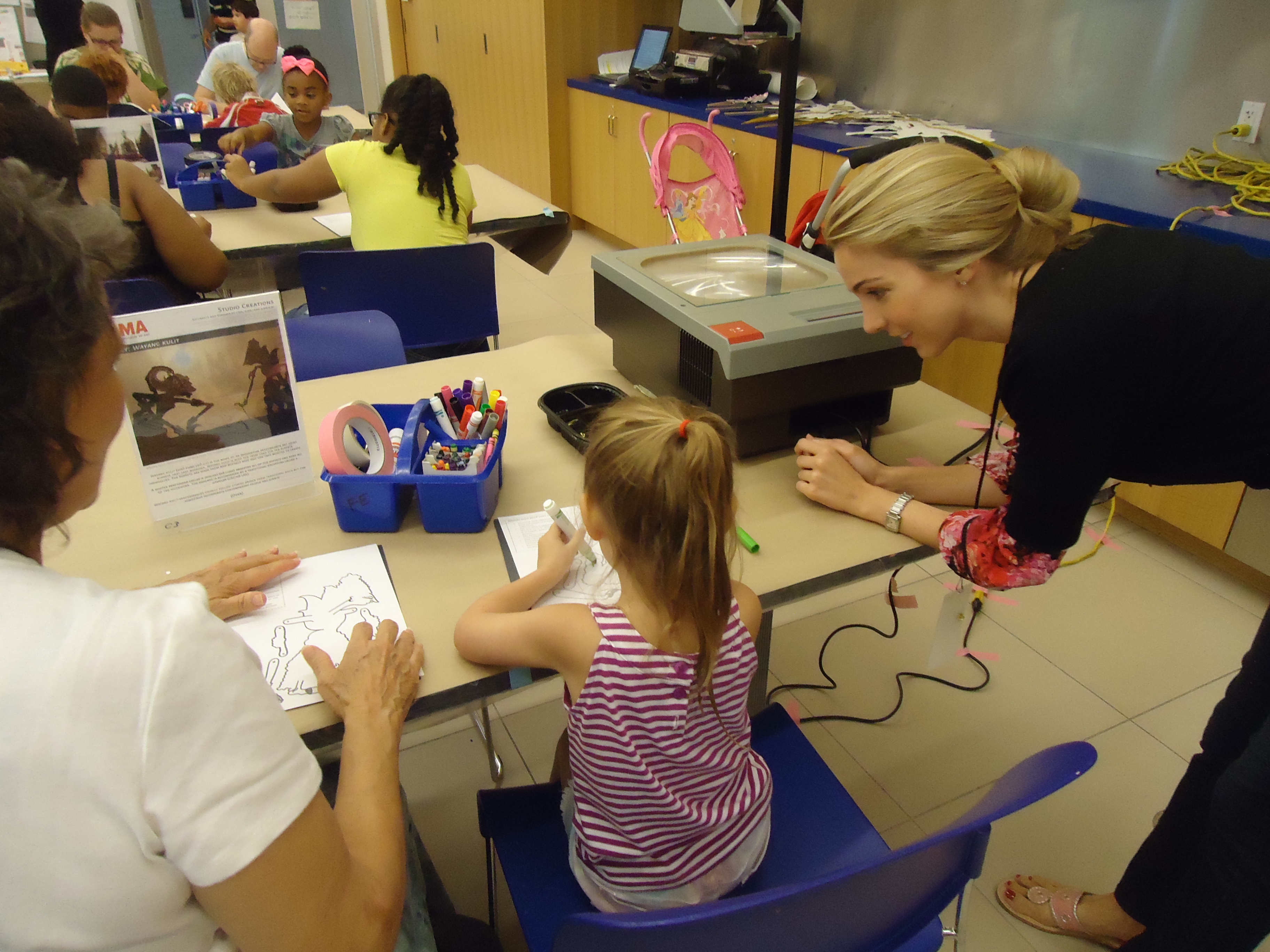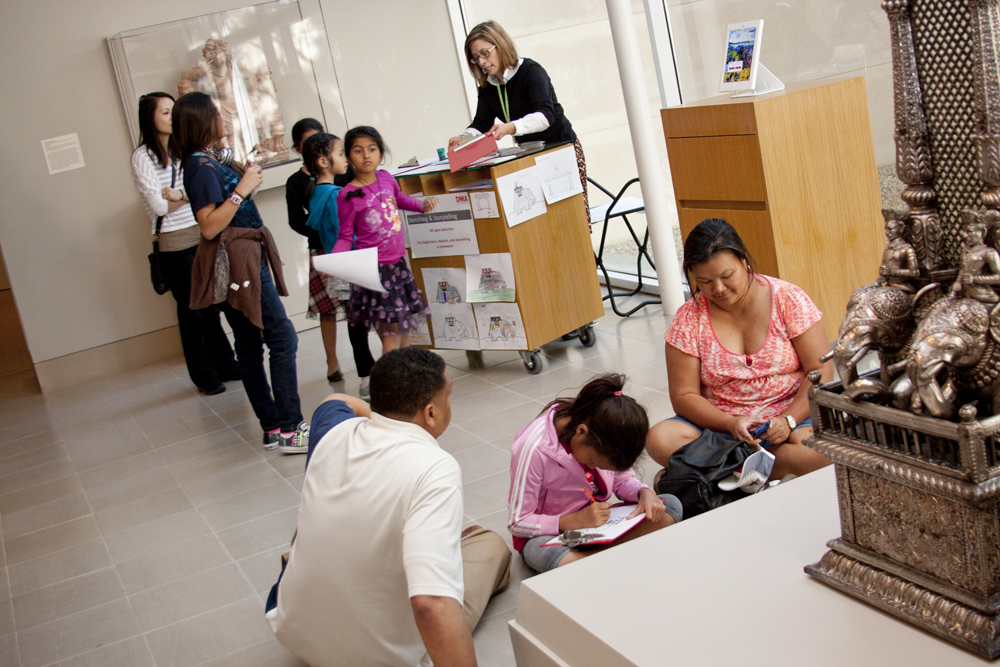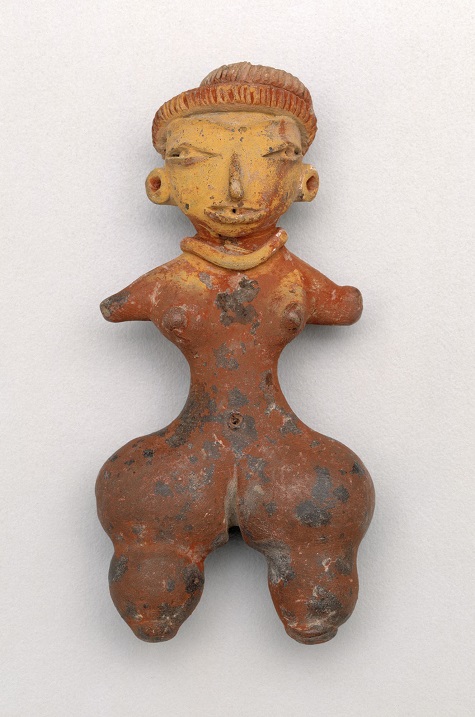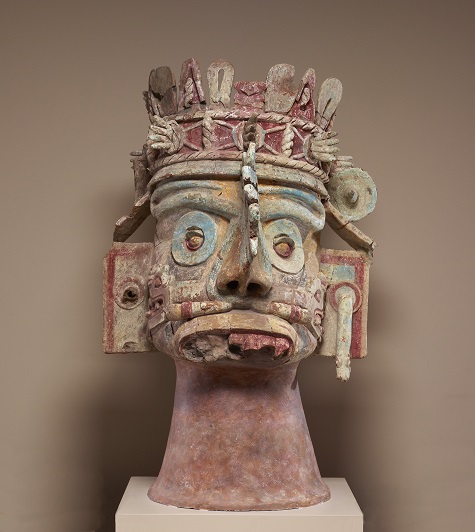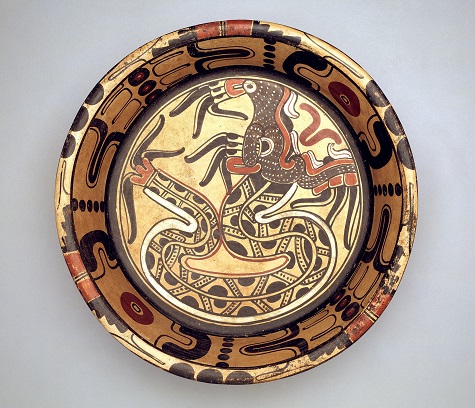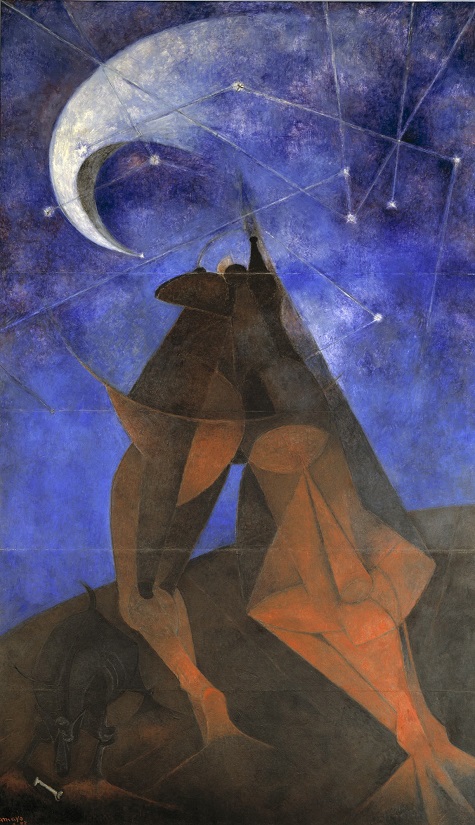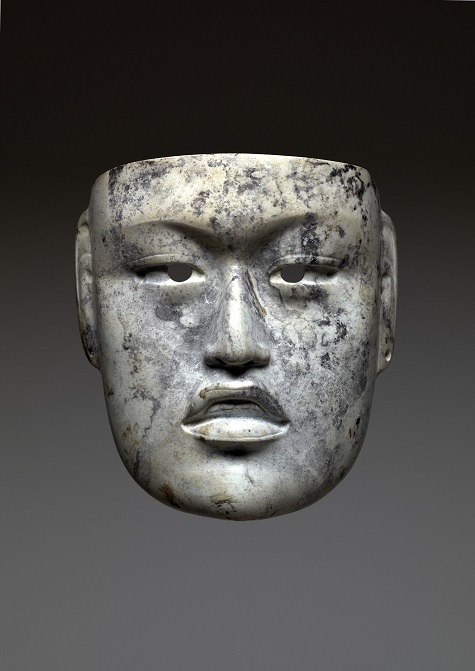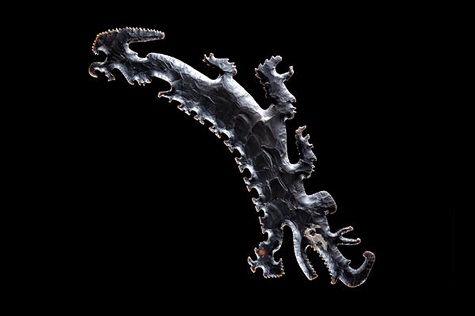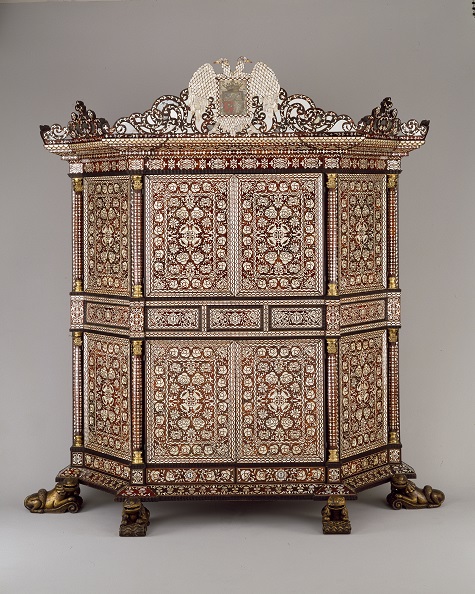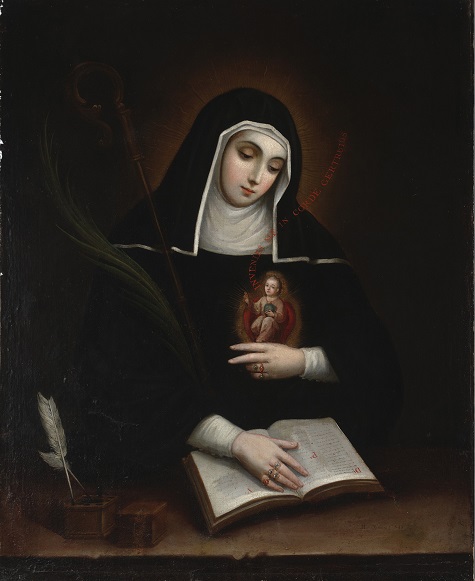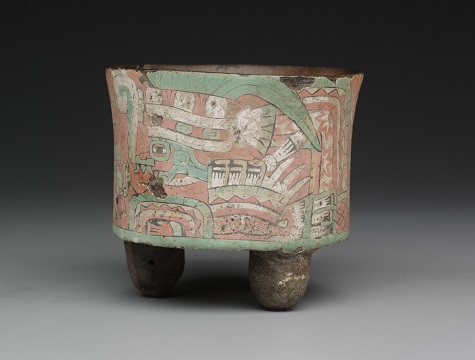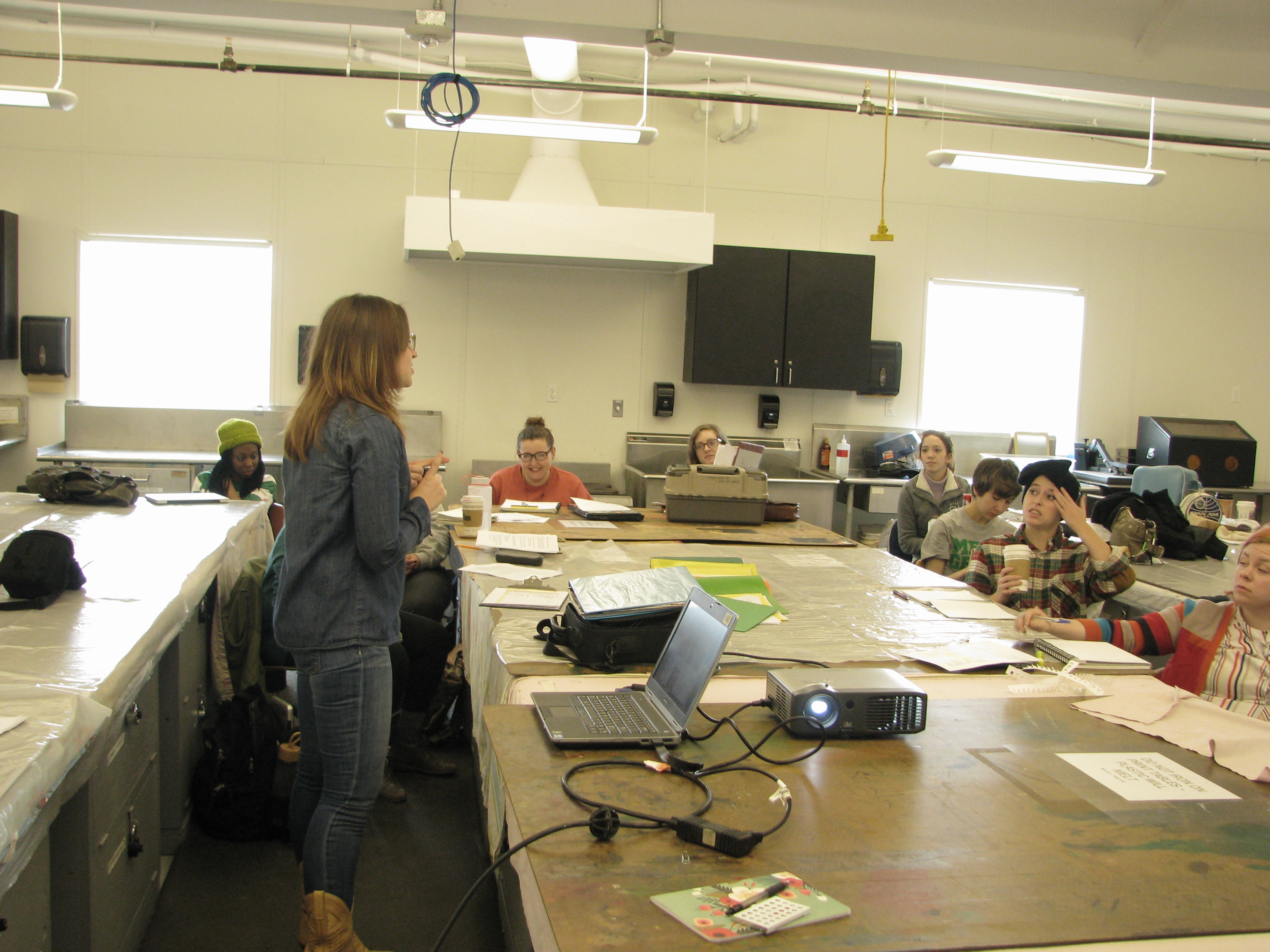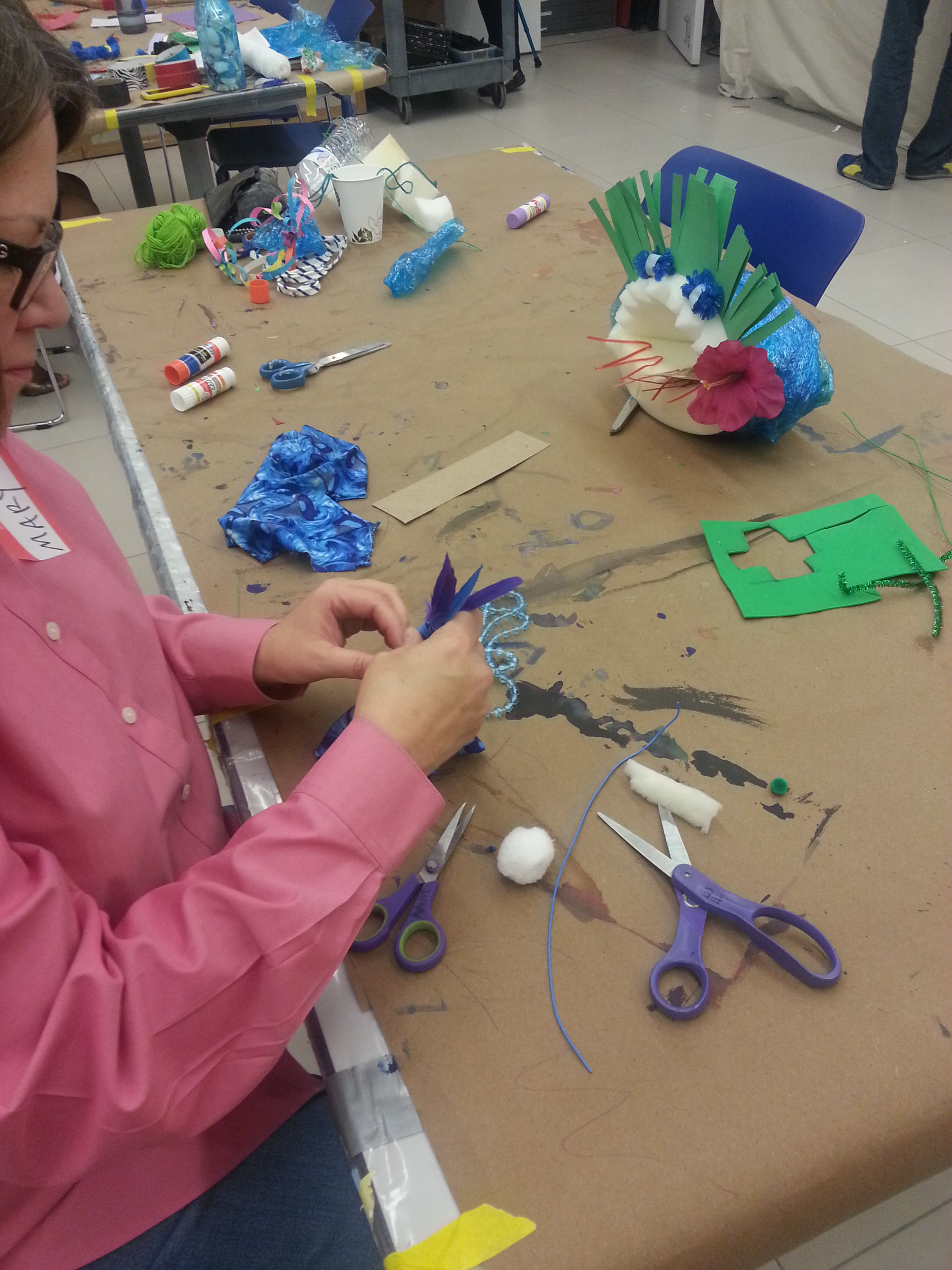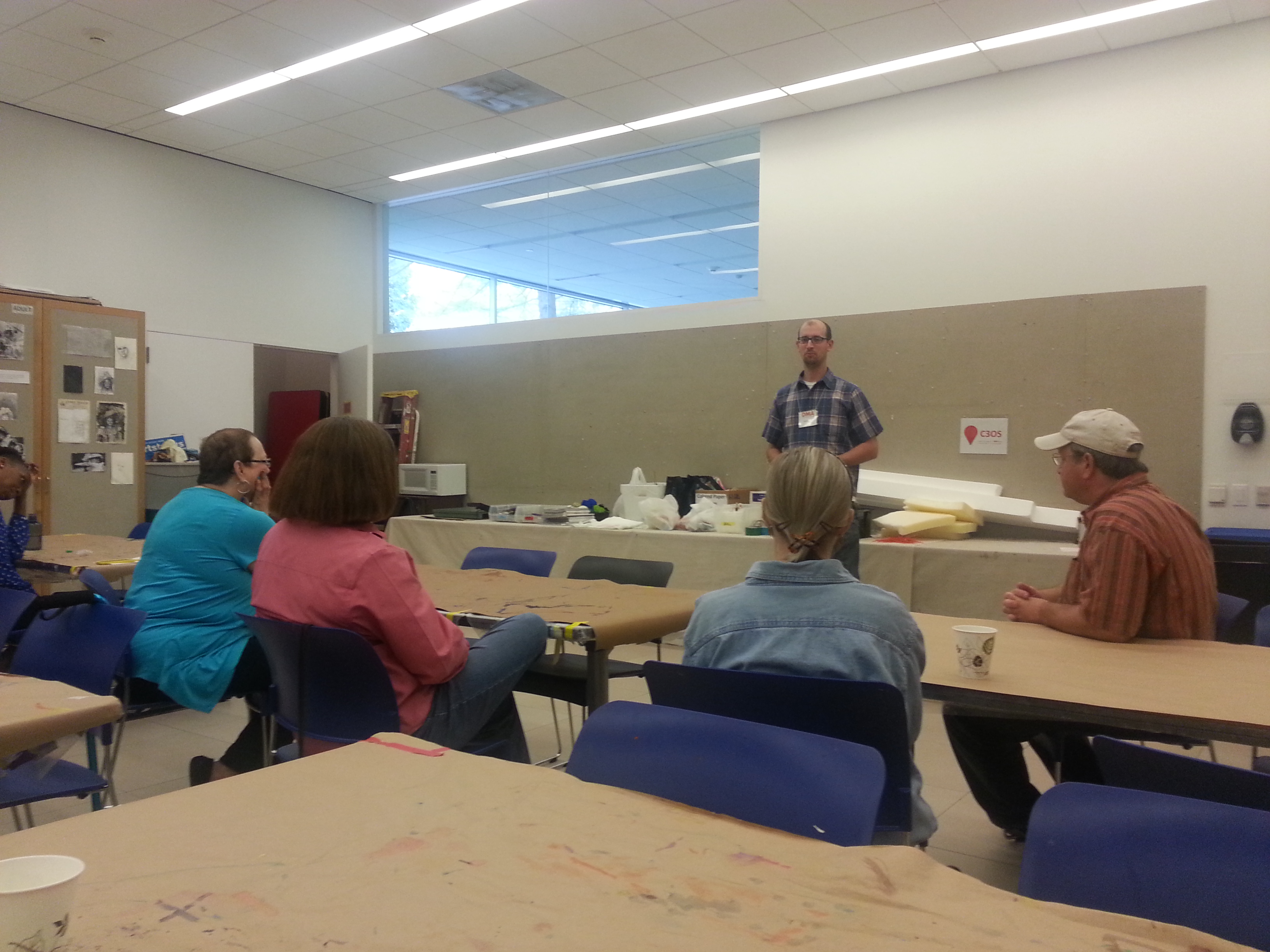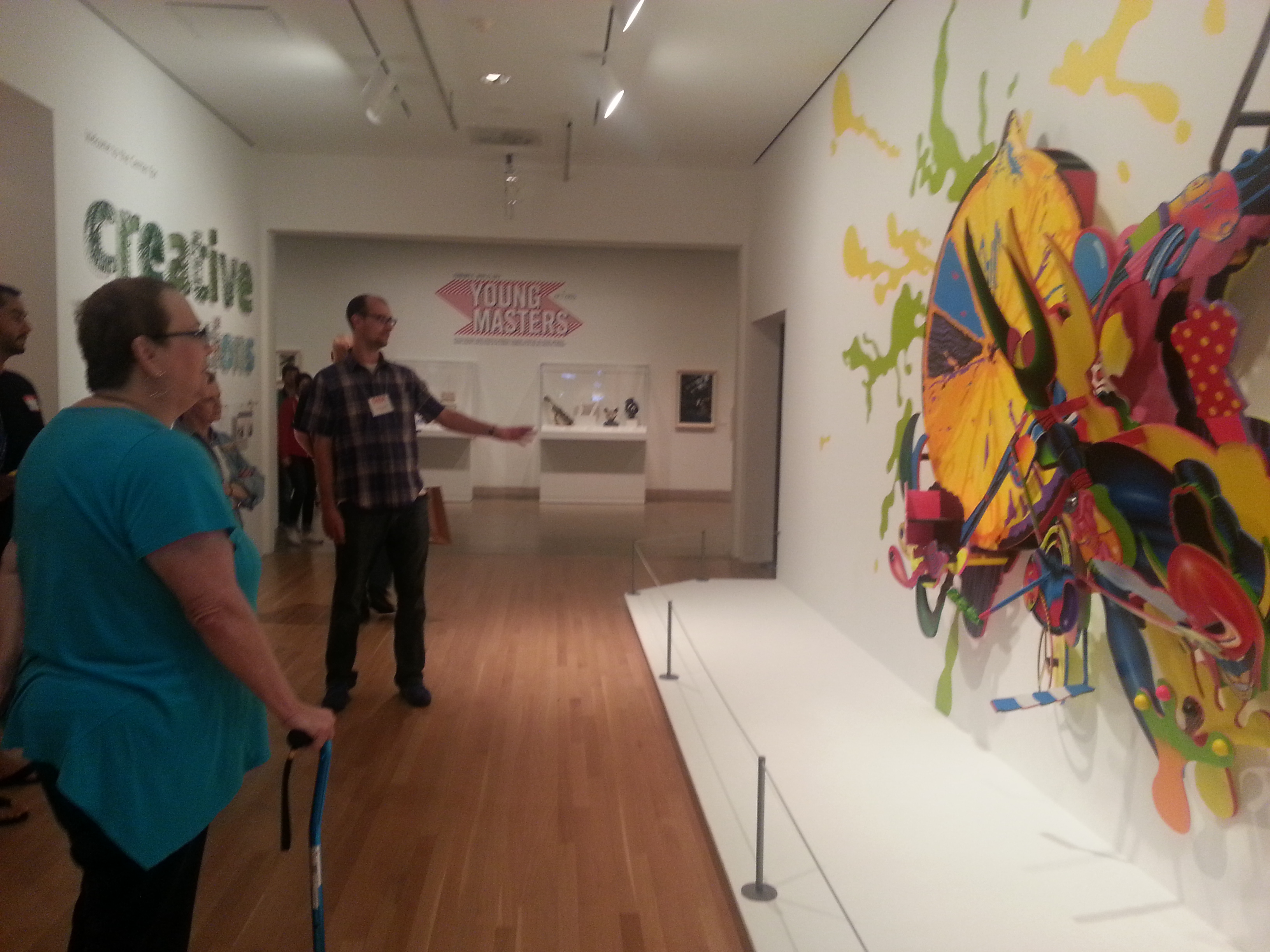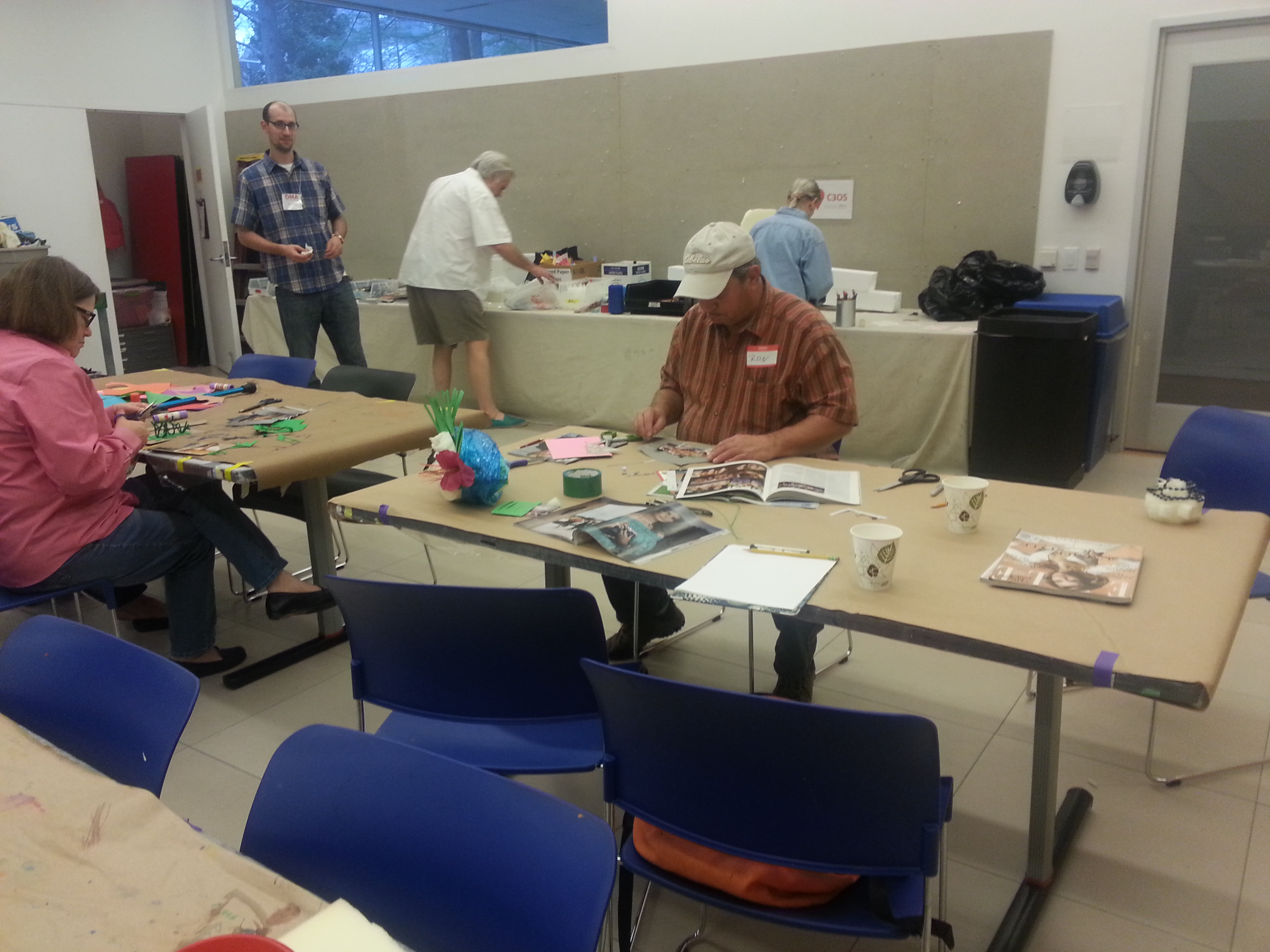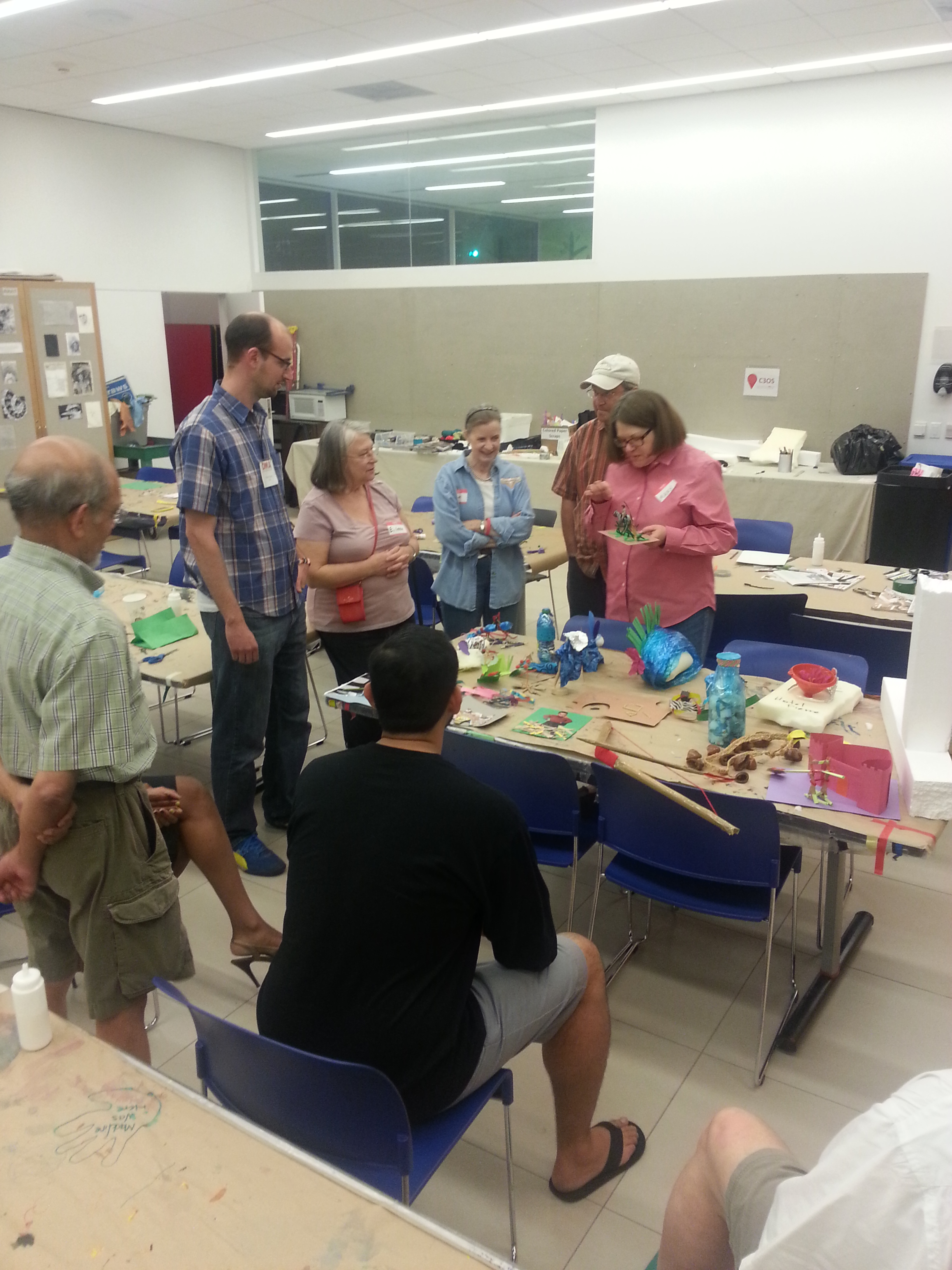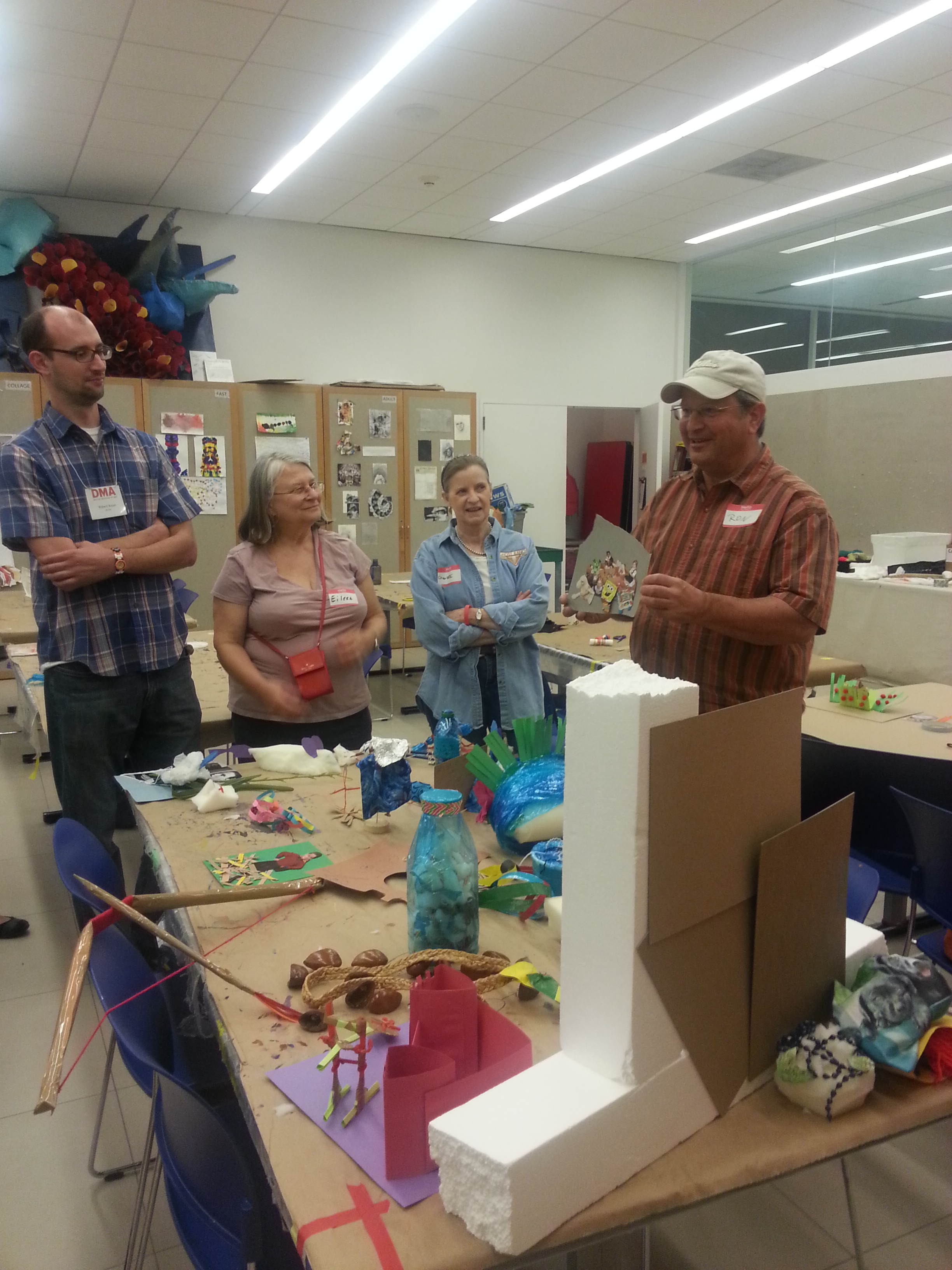If you have or know any school-aged children, you know that the countdown to the end of school has begun! Dreams of afternoons at the pool, summer vacations to see grandparents, and lots of watermelon and ice cream are dancing through children’s heads. For me, one of the best parts of summer was the summer reading club at the library. I loved to read anyway, but getting rewards for reading? What a brilliant idea! (I just wish there was a summer reading club for grown-ups.) If reading by the pool isn’t your thing, why not bring a book to the DMA? Families are always welcome to read together in the galleries—on a bench or even on the floor.
To give you a jump start on your summer reading list, I’ve rounded up some of my favorite books along with suggestions for the perfect reading spot in the museum.
- Edgar Degas, Ballet, Dancers on the Stage, 1883, Dallas Museum of Art, gift of Mr. and Mrs. Franklin B. Bartholow
Clad in her swimsuit, cap and flippers, little Flora seems to be bursting with the need to move. Her muse? A pink flamingo who does not appreciate the little girl’s adoration! The two dance across the pages in this wordless book in a graceful ballet that reminds us that imitation really is the sincerest form of flattery and perhaps a way to begin unlikely friendships. Flora and the Flamingo by Molly Idle is the perfect book for your little dancer, and would be a great choice to tote along to the DMA when the Mind’s Eye: Masterworks on Paper from David to Cezanne exhibition opens at the end of June. Several of the museum’s pieces by Degas will be on display, including these lovely dancers.
- Alfred Thompson Bricher, Time and Tide, c. 1873, Dallas Museum of Art, Foundation for the Arts Collection, gift of Mr. and Mrs. Frederick Mayer
The push and pull of waves on the beach is irresistible at any age. In Wave by Suzy Lee, a little girl timidly approaches the edge of the water, then slowly gets wetter and wetter as she becomes more sure of herself. The wave takes on its own personality as it interacts with its little companion, and in a splash of watercolor resembling a Pollock painting, the two become the best of friends. Several views of the ocean are on display in the American galleries on Level 4. Perhaps the waves in Alfred Thompson Bricher’s Time and Tide can become your friends too!
- Maurice de Vlaminck, Bougival, c. 1905, Dallas Museum of Art, The Wendy and Emery Reves Collection
Have you ever wondered where imaginary friends live before they join your family? In Dan Santat’s charming book The Adventures of Beekle: The Unimaginary Friend, we discover the answer to this mystery. A little marshmallow-like creature patiently waits on an island far away for a child to imagine him into the world. But when no one chooses him, he bravely ventures forth on an adventure to find his person himself. Across the vast ocean, through crowded city streets, and finally perched high in a tree’s branches, our hero discovers a perfect friend waiting for him and learns that she has been thinking of him all along. Santat turns the idea of an imaginary friend on its head, and his color-saturated illustrations will make you wish you could have Beekle as your own unimaginary friend. Bring Beekle along for a visit to the Reves collection on Level 3 and search for Maurice de Vlaminck’s Bougival. The vibrant colors of this painting remind me of Beekle’s birthplace, and I can imagine him and his new friend tramping through these woods!
- John Chamberlain, Dancing Duke, 1974, Dallas Museum of Art, gift of Dr. and Mrs. Harold J. Joseph in honor of Mr. and Mrs. Max Walen
Beep, beep! Look out—fun is on the way! If your child loves everything that goes, Poem-mobiles: Crazy Car Poems by J. Patrick Lewis & Douglas Florian should be tops on your list. Douglas Florian has written some of my favorite poetry collections for children, and for this high speed volume, he’s teamed up with U.S. Children’s Poet Laureate J. Patrick Lewis. As soon as you open up to the first page, you know you are in for a wild ride. The table of contents looks like a bunch of blueprints, and the list of vehicles is sure to get some giggles. From “The Dragonwagon” to the “Eel-ectric Car,” these crazy car poems will ride their way right into your imagination. The rhythm and flow of the language is just right for kids, and Jeremy Holmes’ illustrations are so involved, you’ll get lost in the pictures. Tow this book straight to the Hoffman galleries later this month and find John Chamberlain’s Dancing Duke. Chamberlain uses car parts and materials found in junkyards to create his fantastical sculptures.
If you can’t get enough of stories in the galleries, join us for story time this summer! Each Tuesday in June and July at 1:00 p.m. Education staff will lead story time, DMA-style. We’ll read stories, look at art in the galleries, and do hands-on activities. Story time is free and open to all ages.
Artworks shown:
- Edgar Degas, Ballet Dancers on the Stage, 1883, Dallas Museum of Art, gift of Mr. and Mrs. Franklin B. Bartholow
- Alfred Thompson Bricher, Time and Tide, c. 1873, Dallas Museum of Art, Foundation for the Arts Collection, gift of Mr. and Mrs. Frederick Mayer
- Maurice de Vlaminck, Bougival, c. 1905, Dallas Museum of Art, The Wendy and Emery Reves Collection
- John Chamberlain, Dancing Duke, 1974, Dallas Museum of Art, gift of Dr. and Mrs. Harold J. Joseph in honor of Mr. and Mrs. Max Walen
Leah Hanson
Manager of Early Learning
